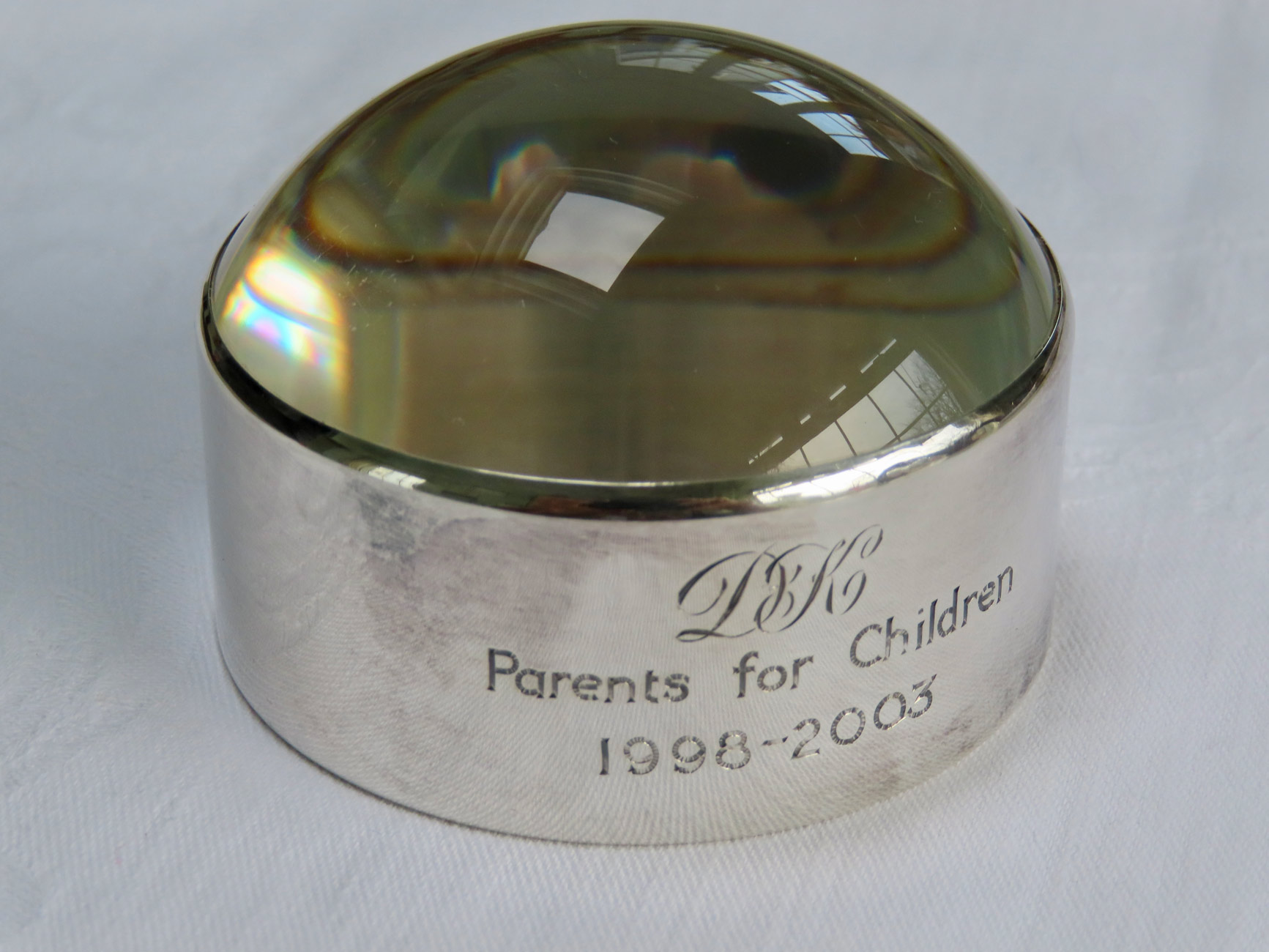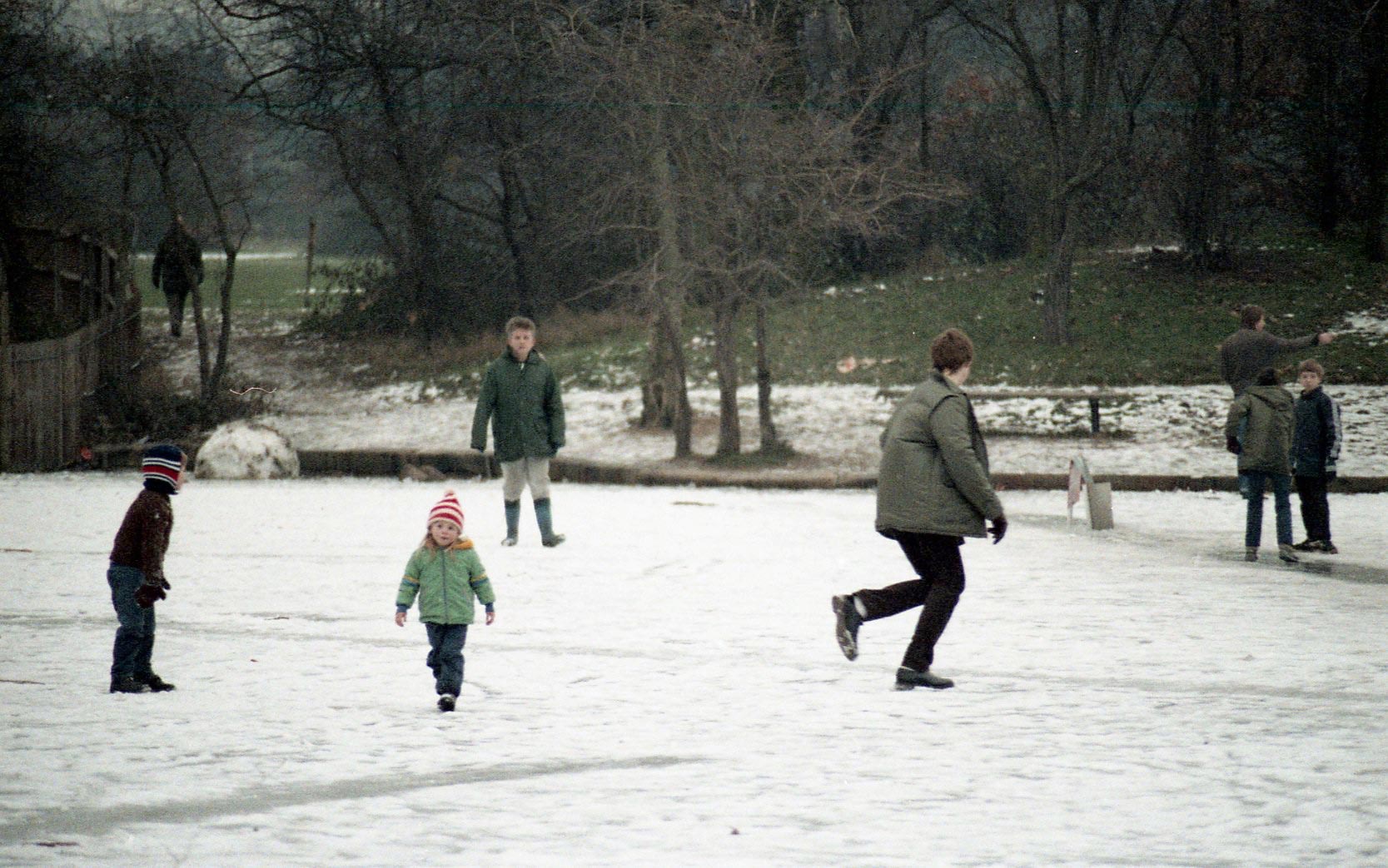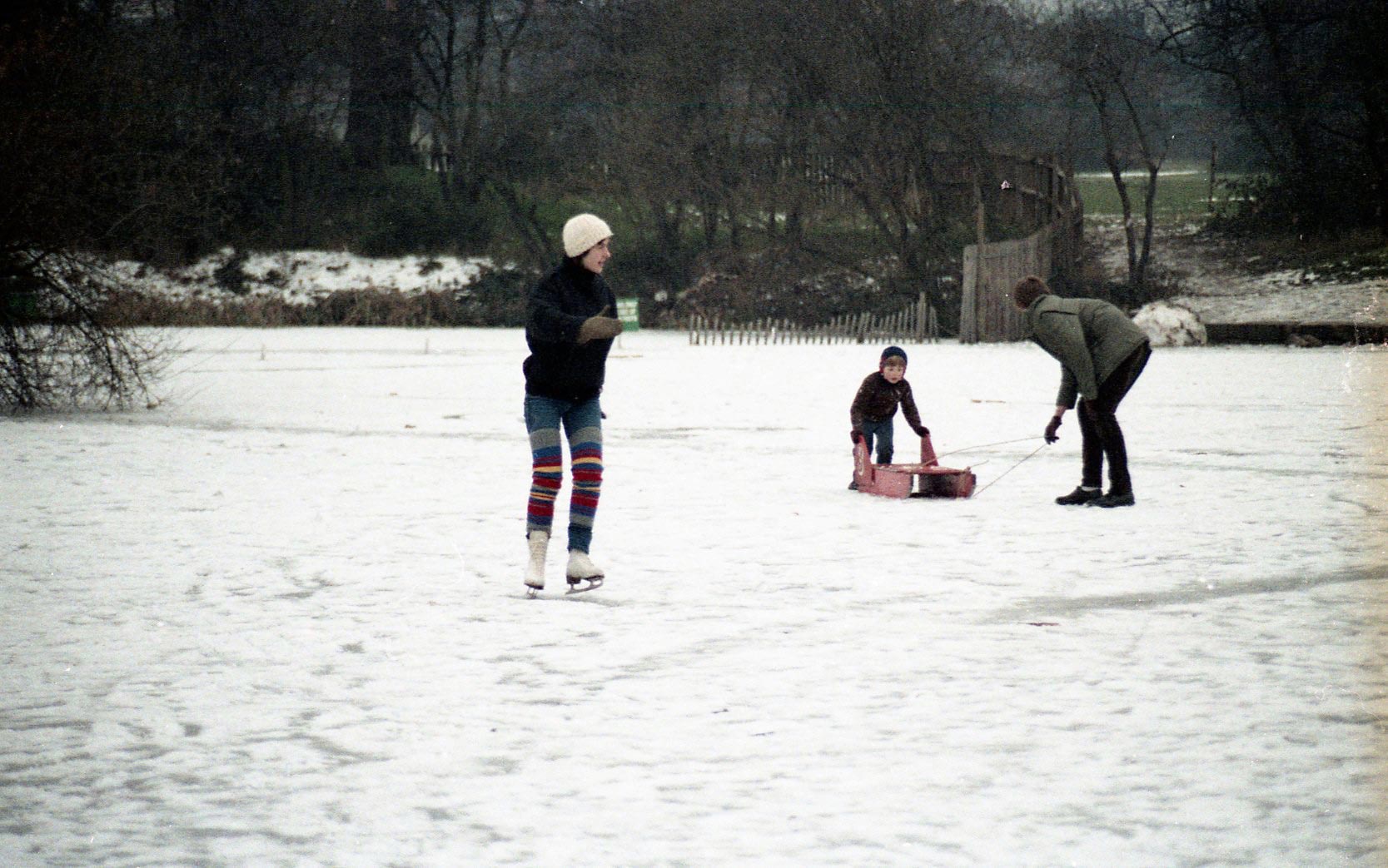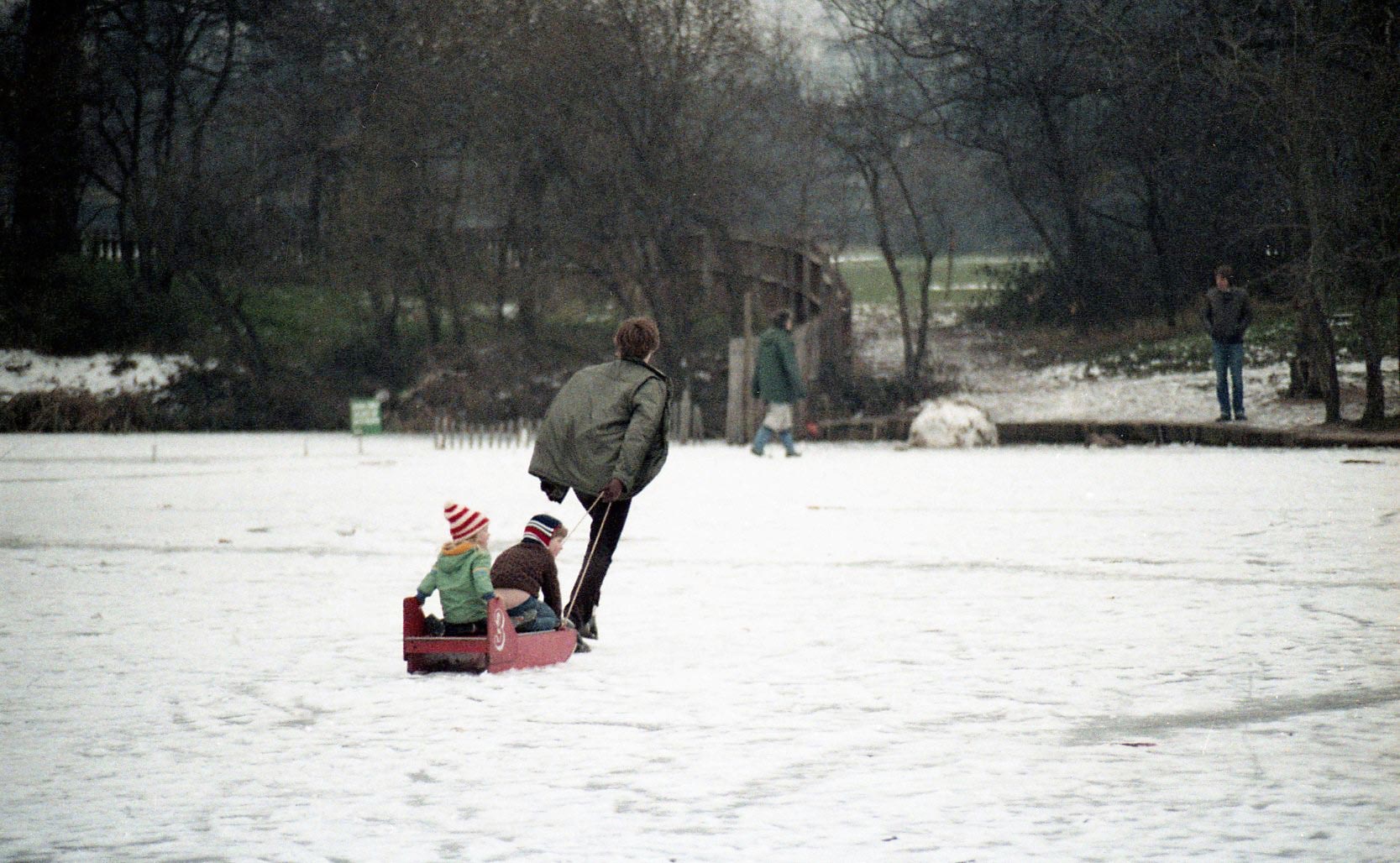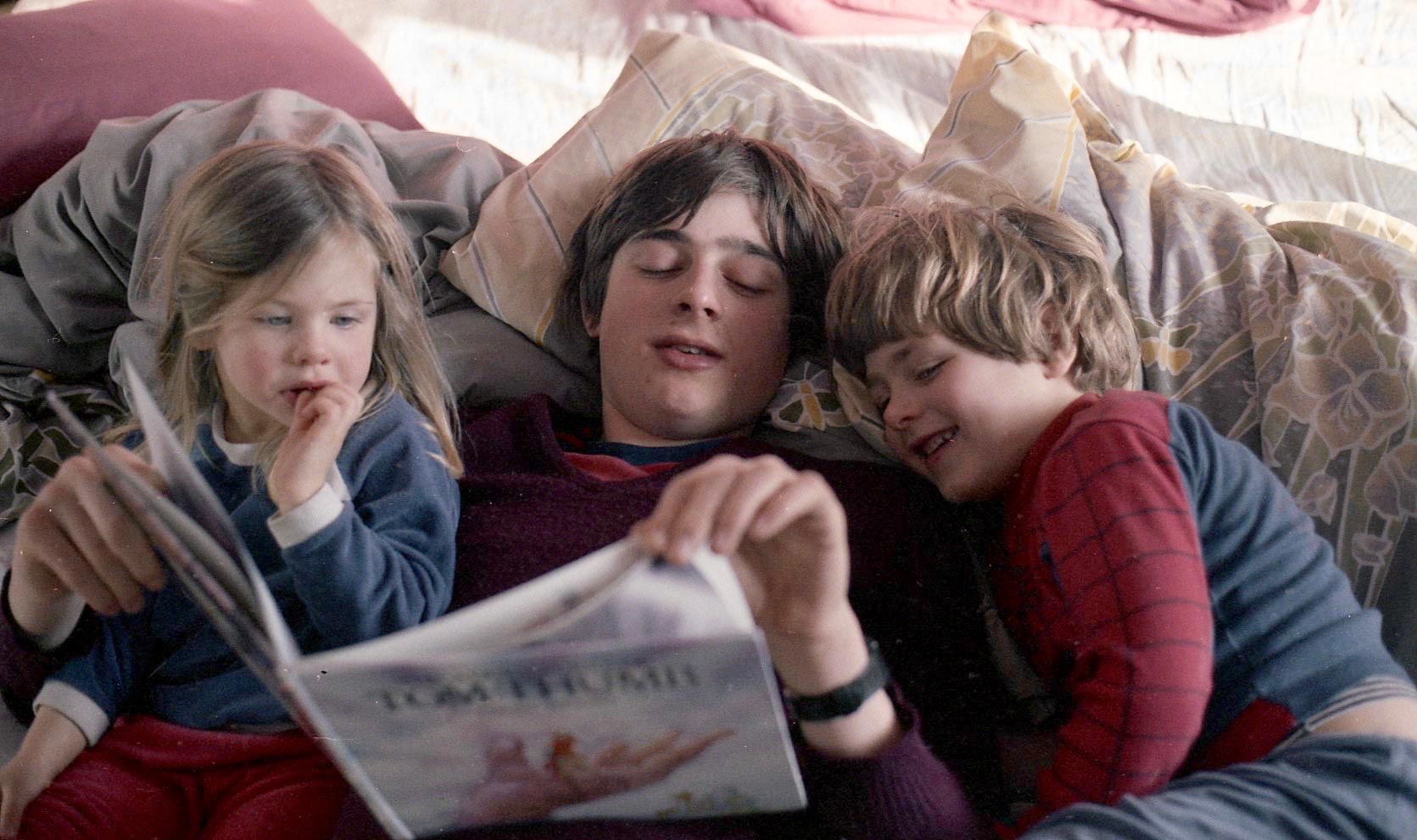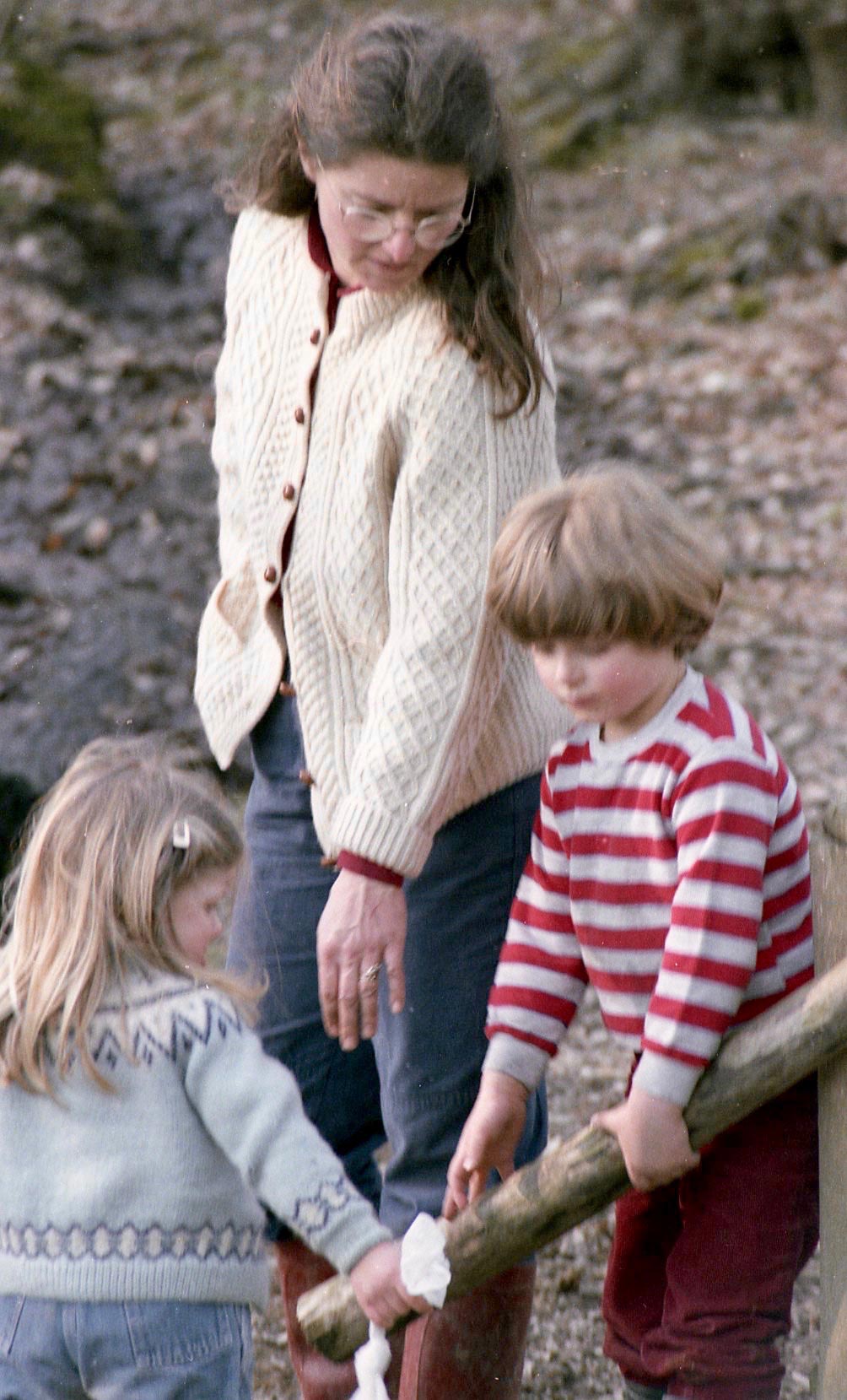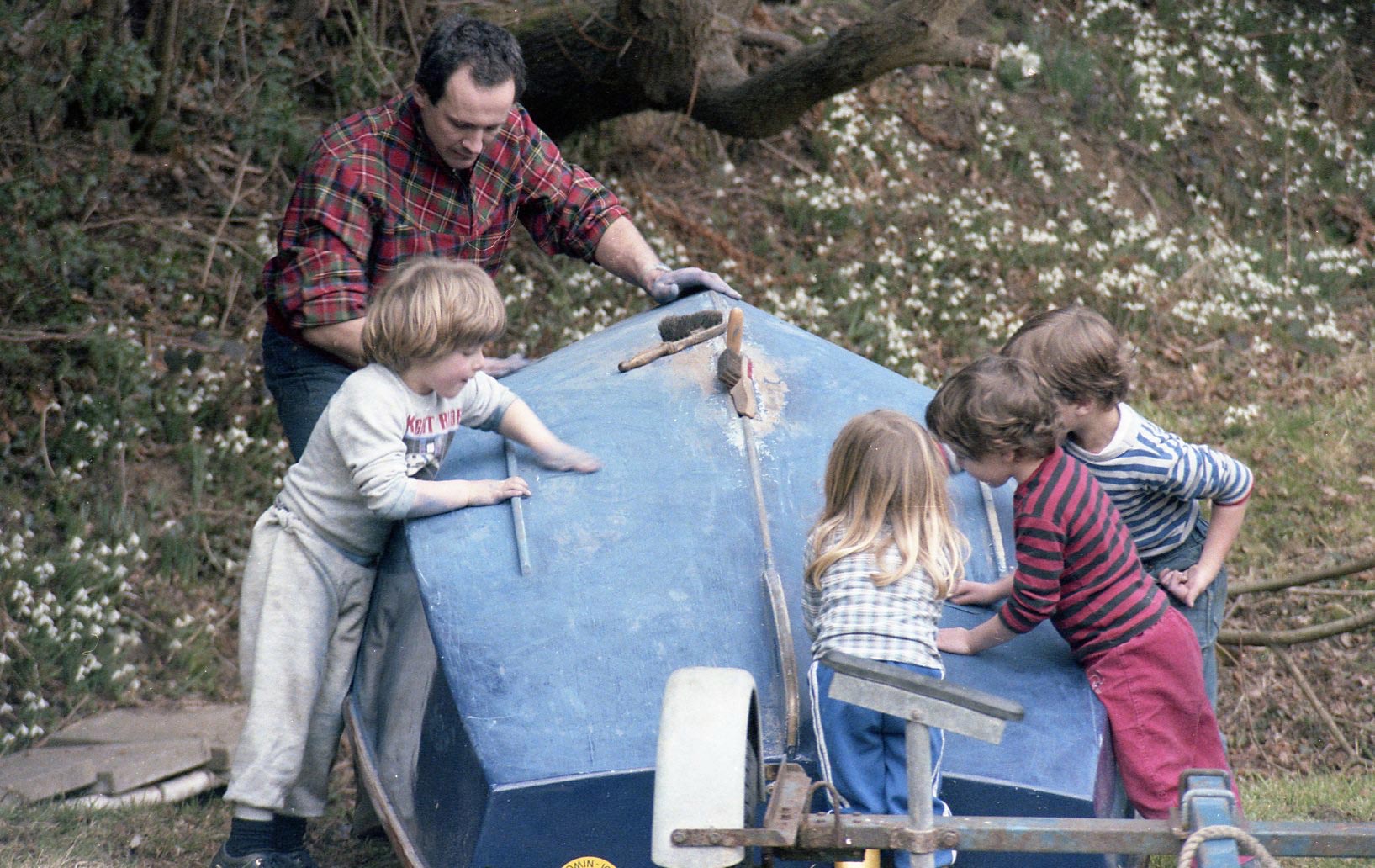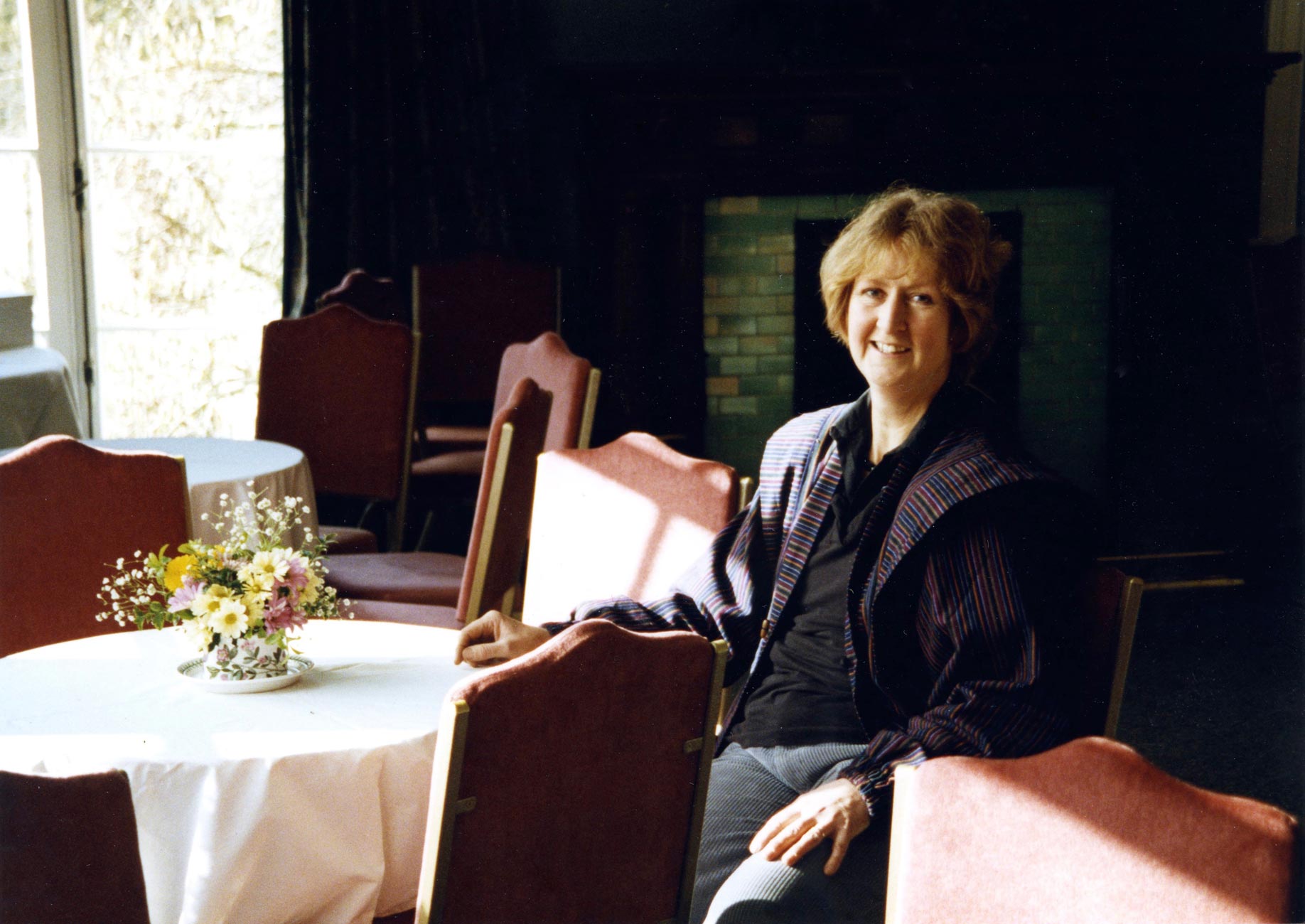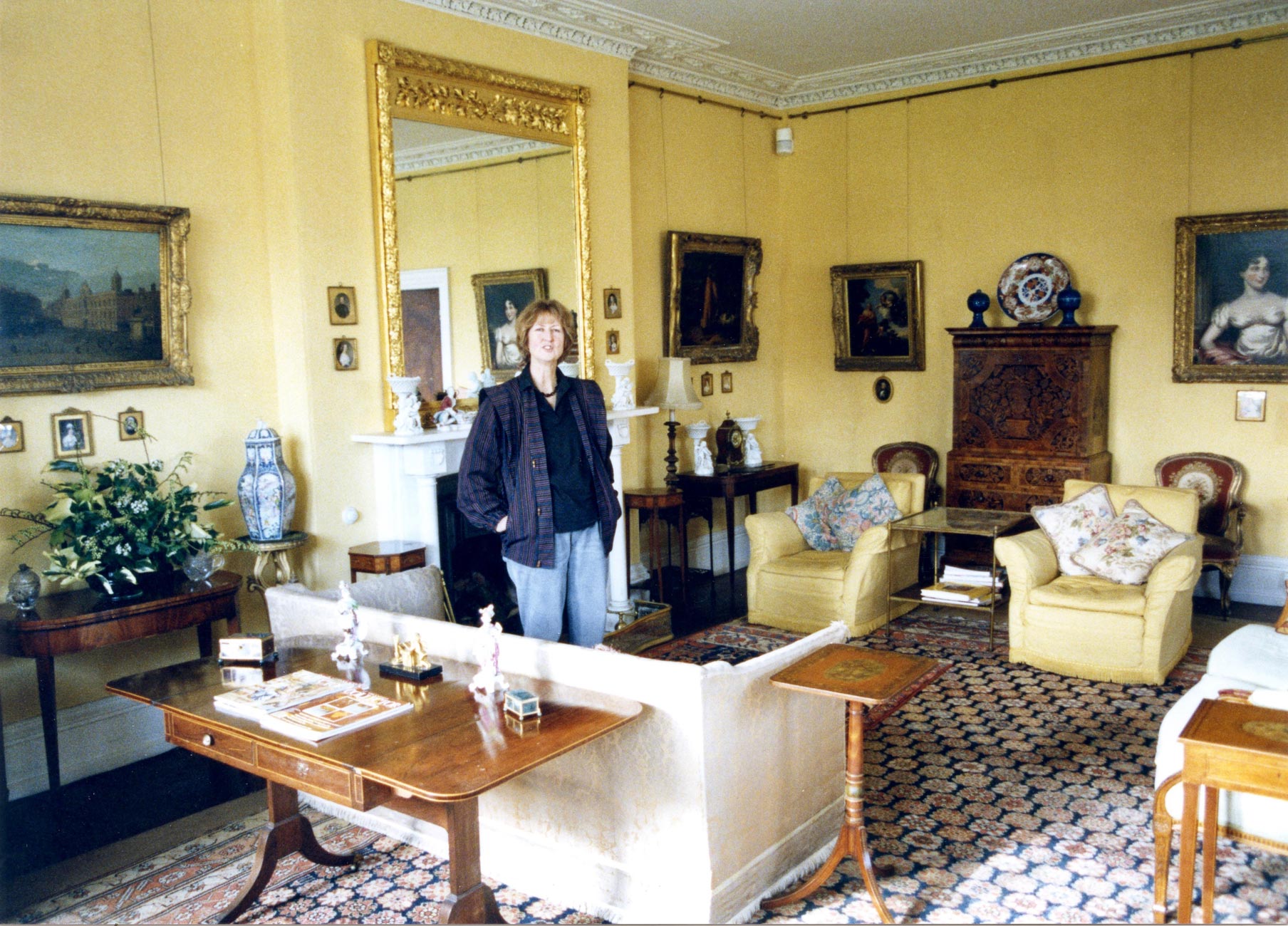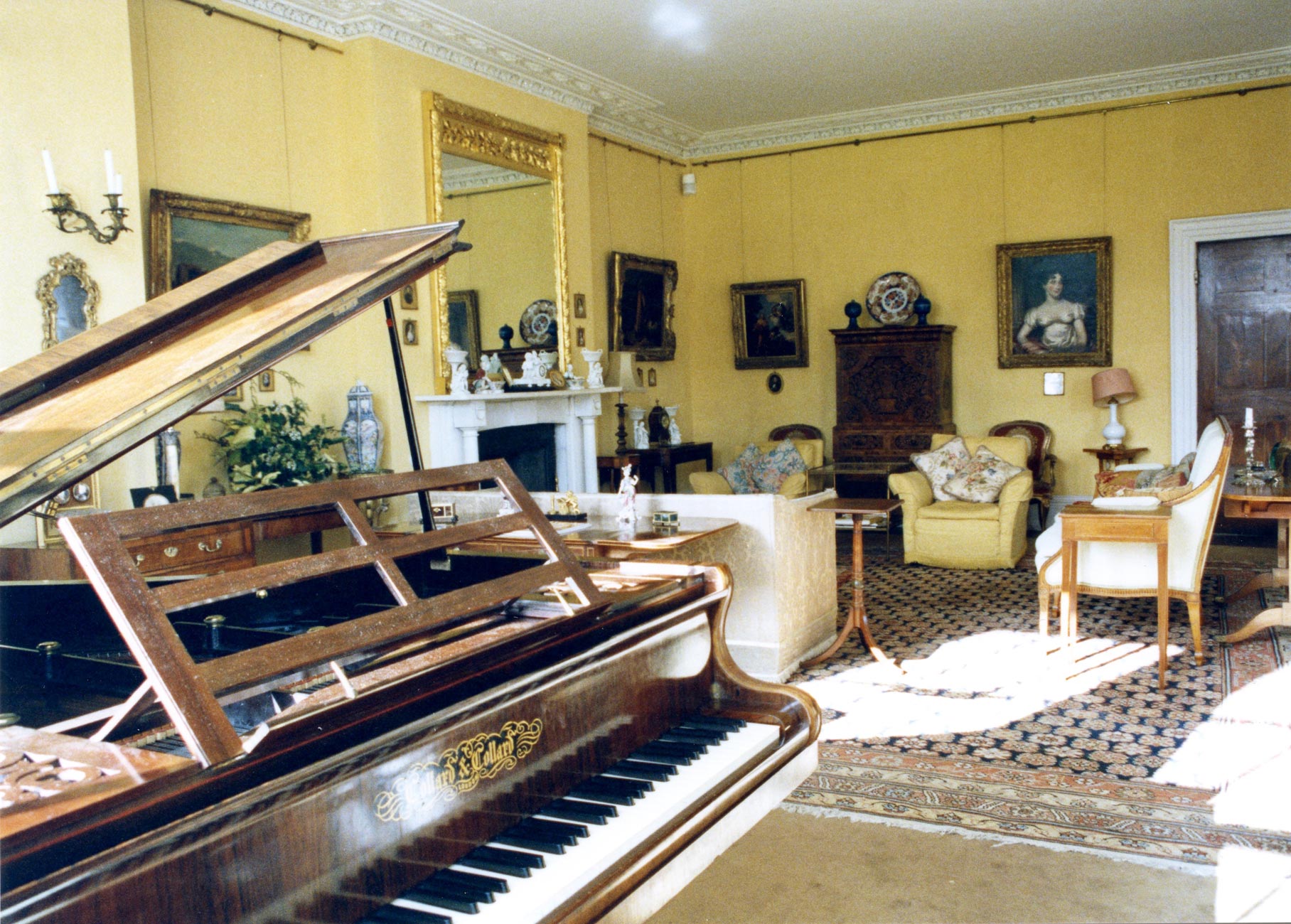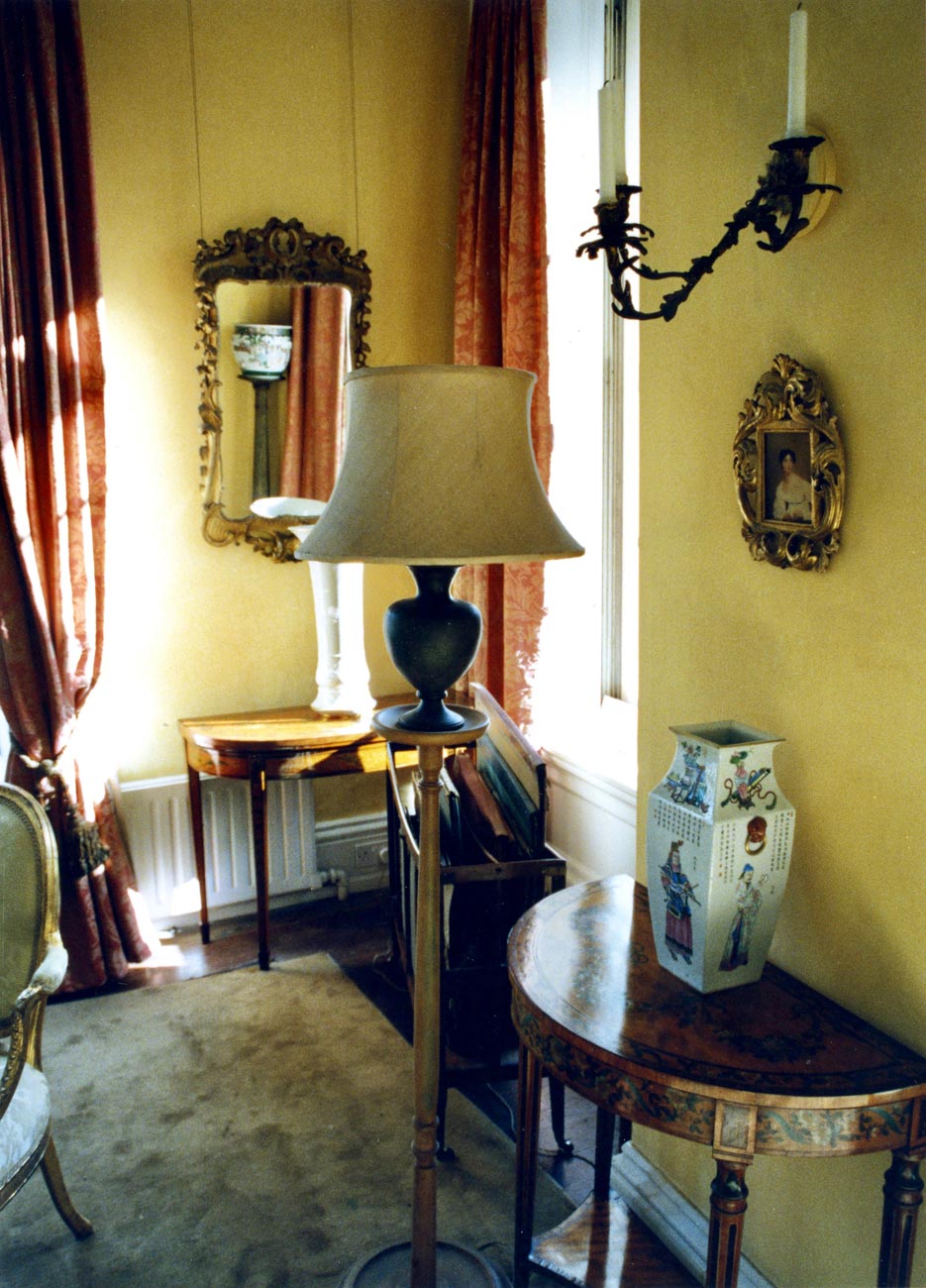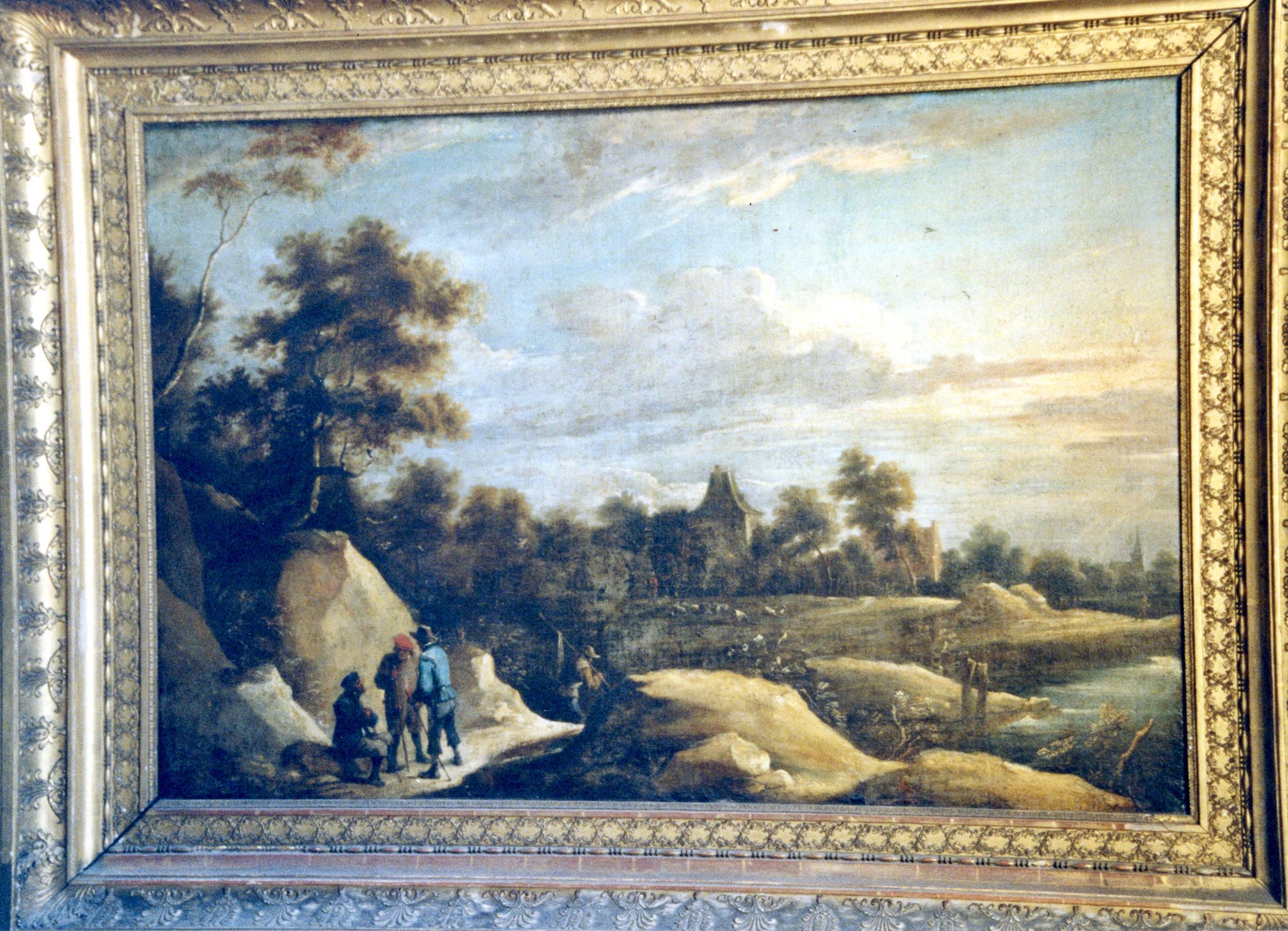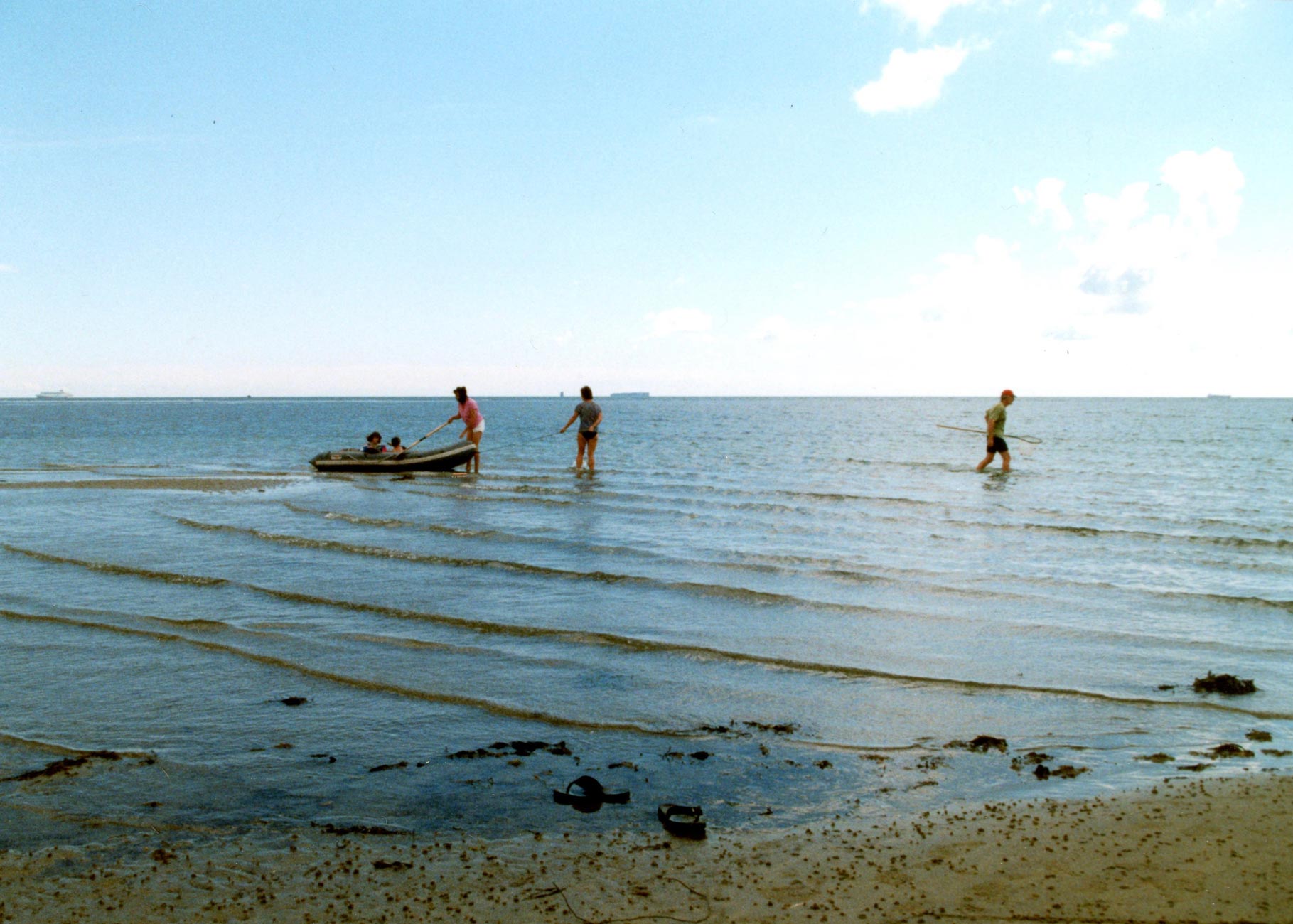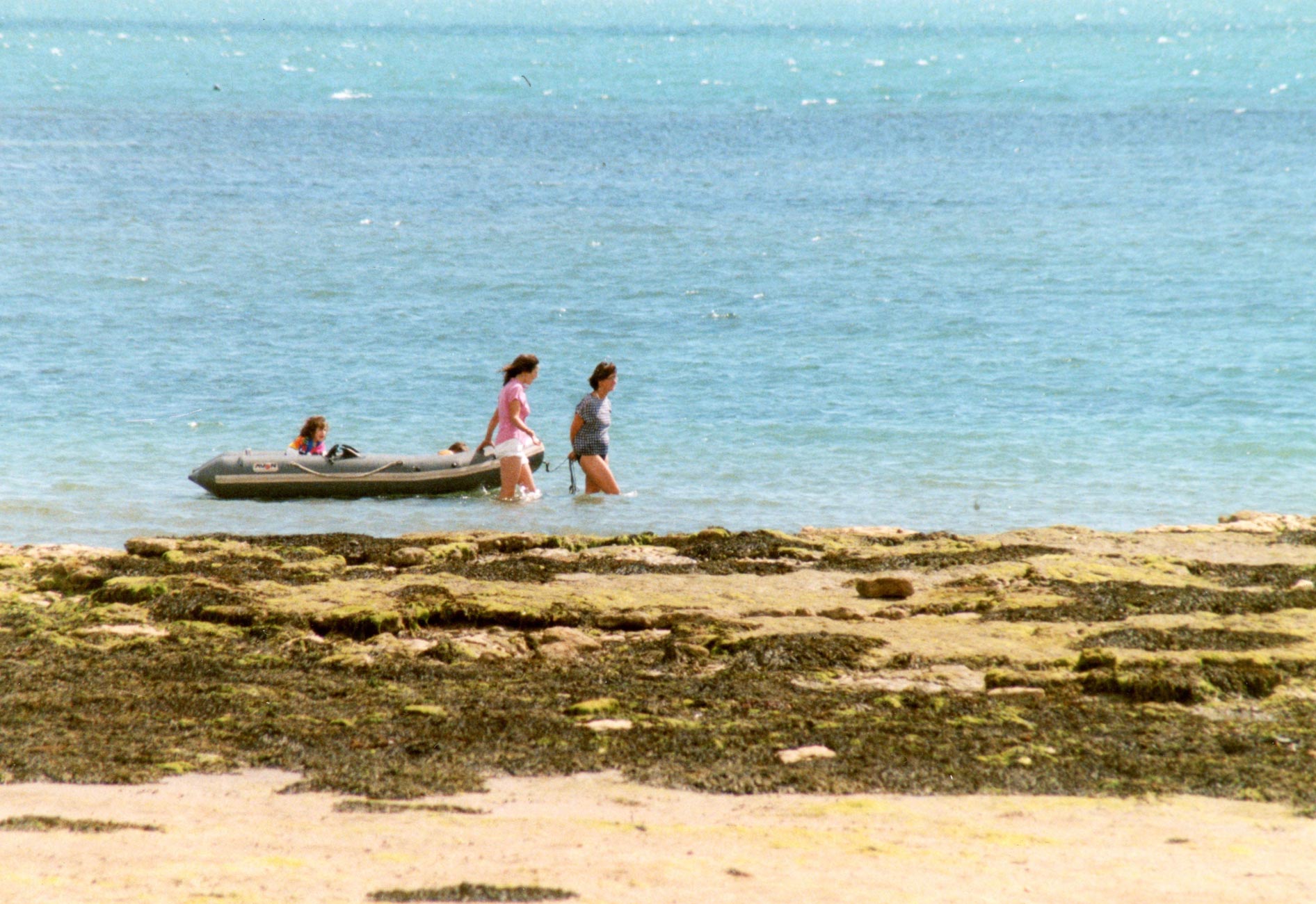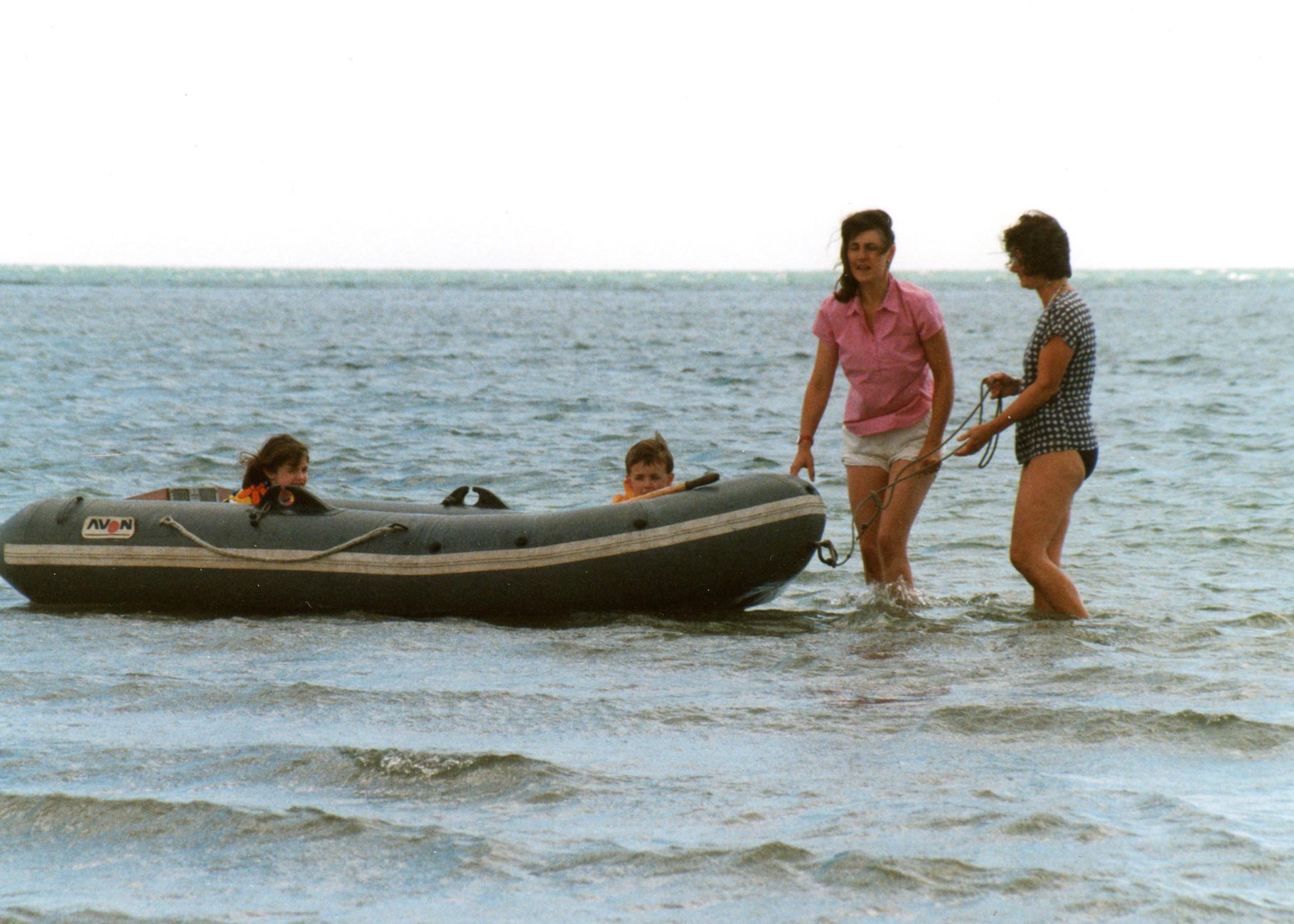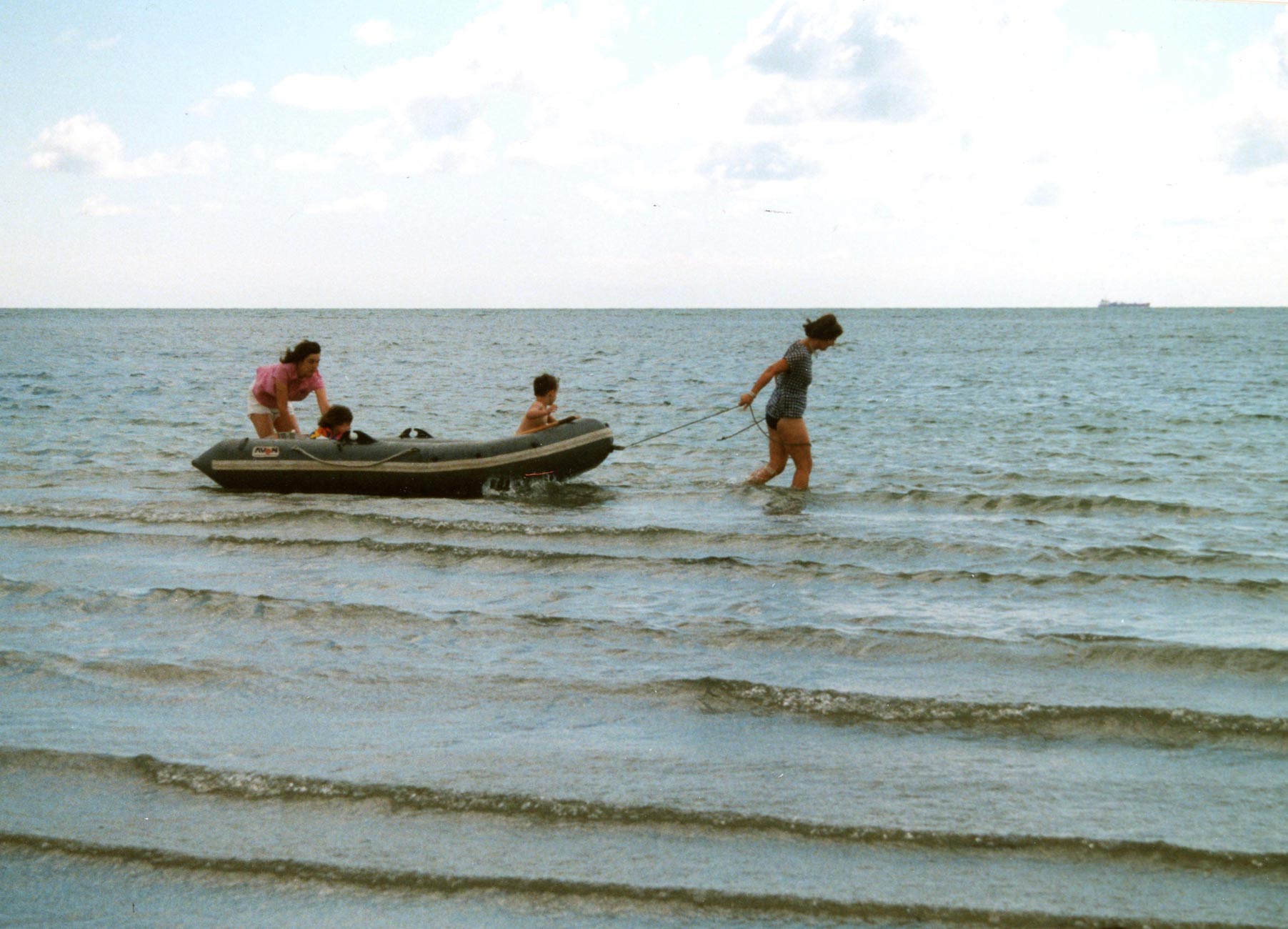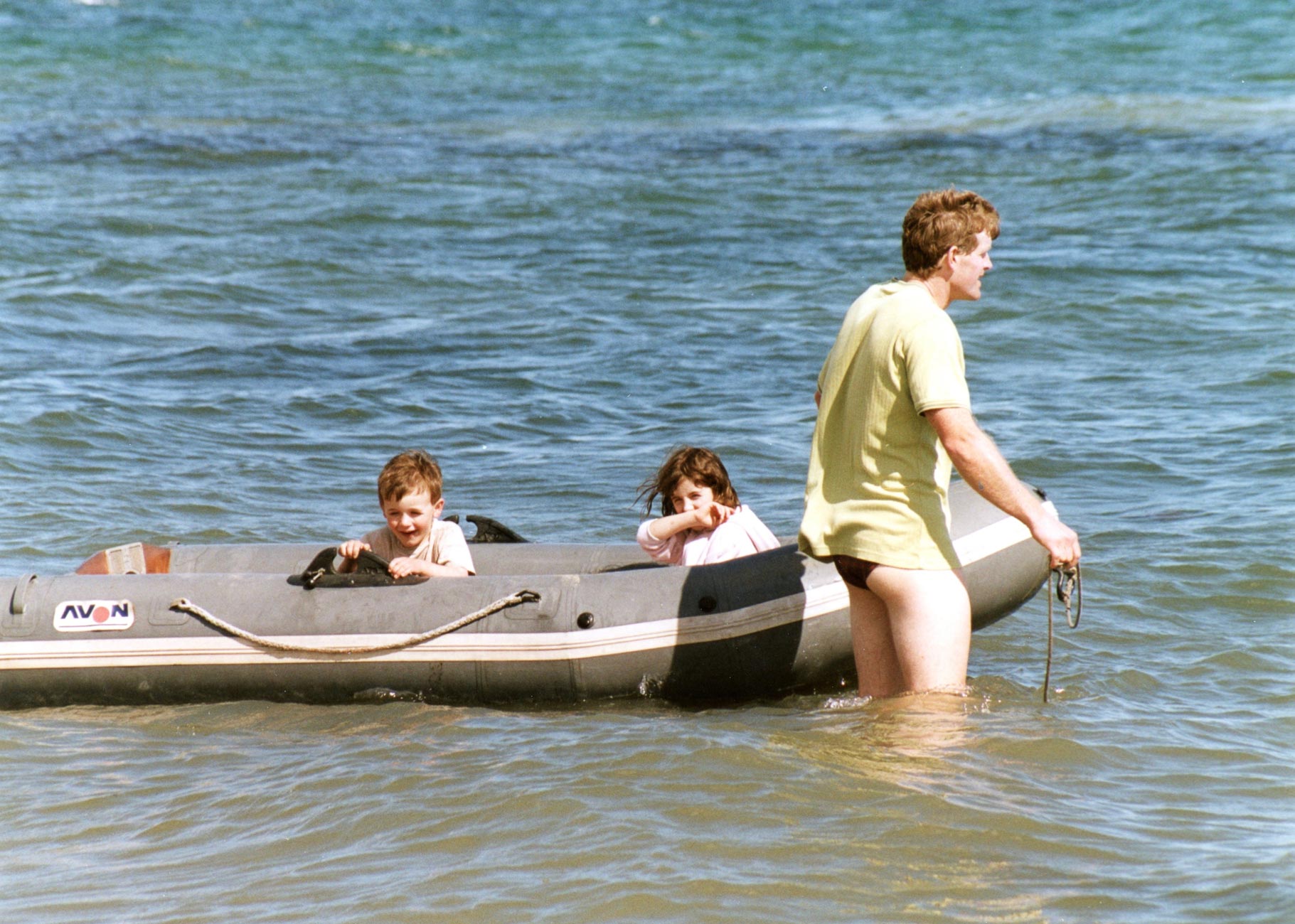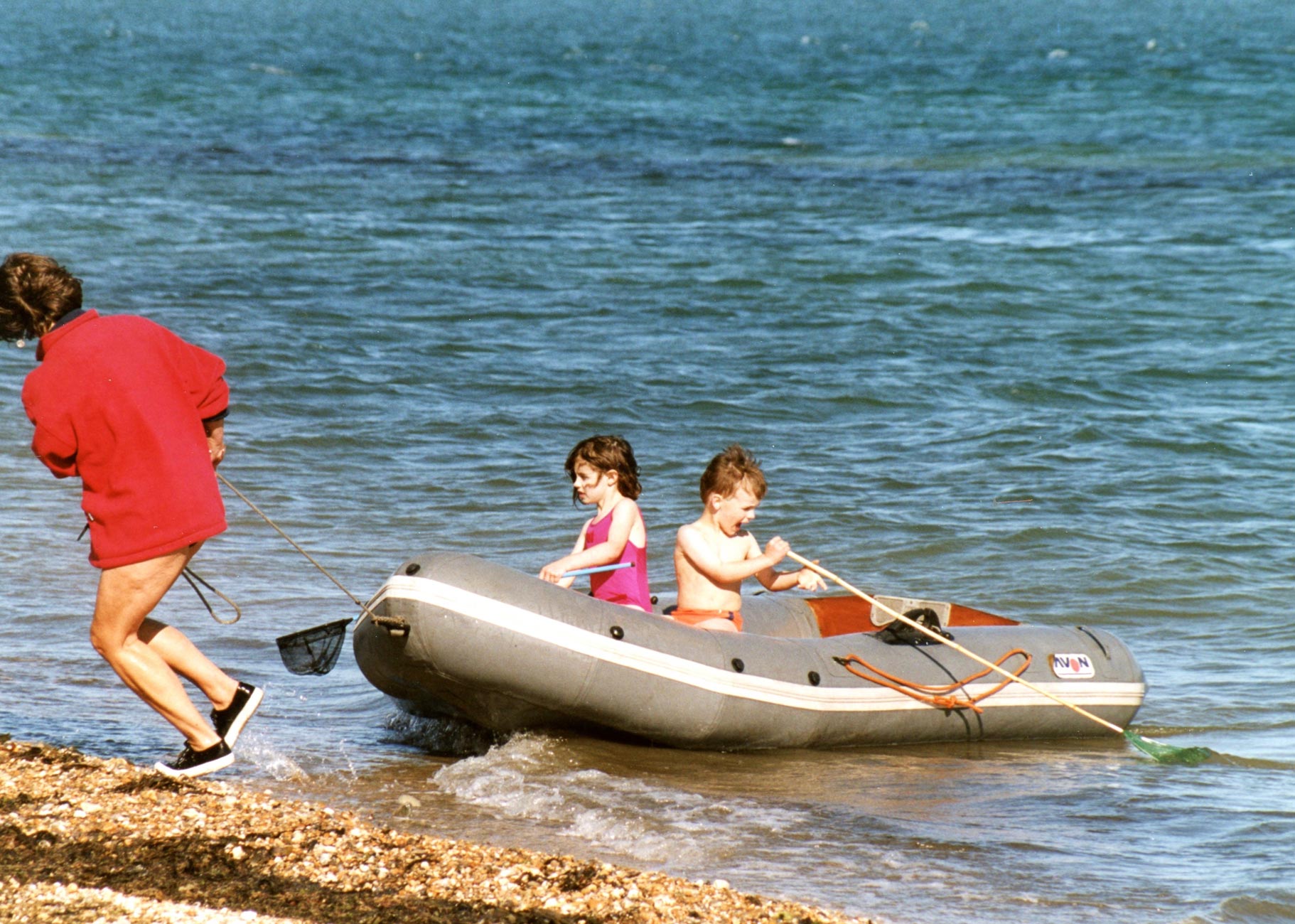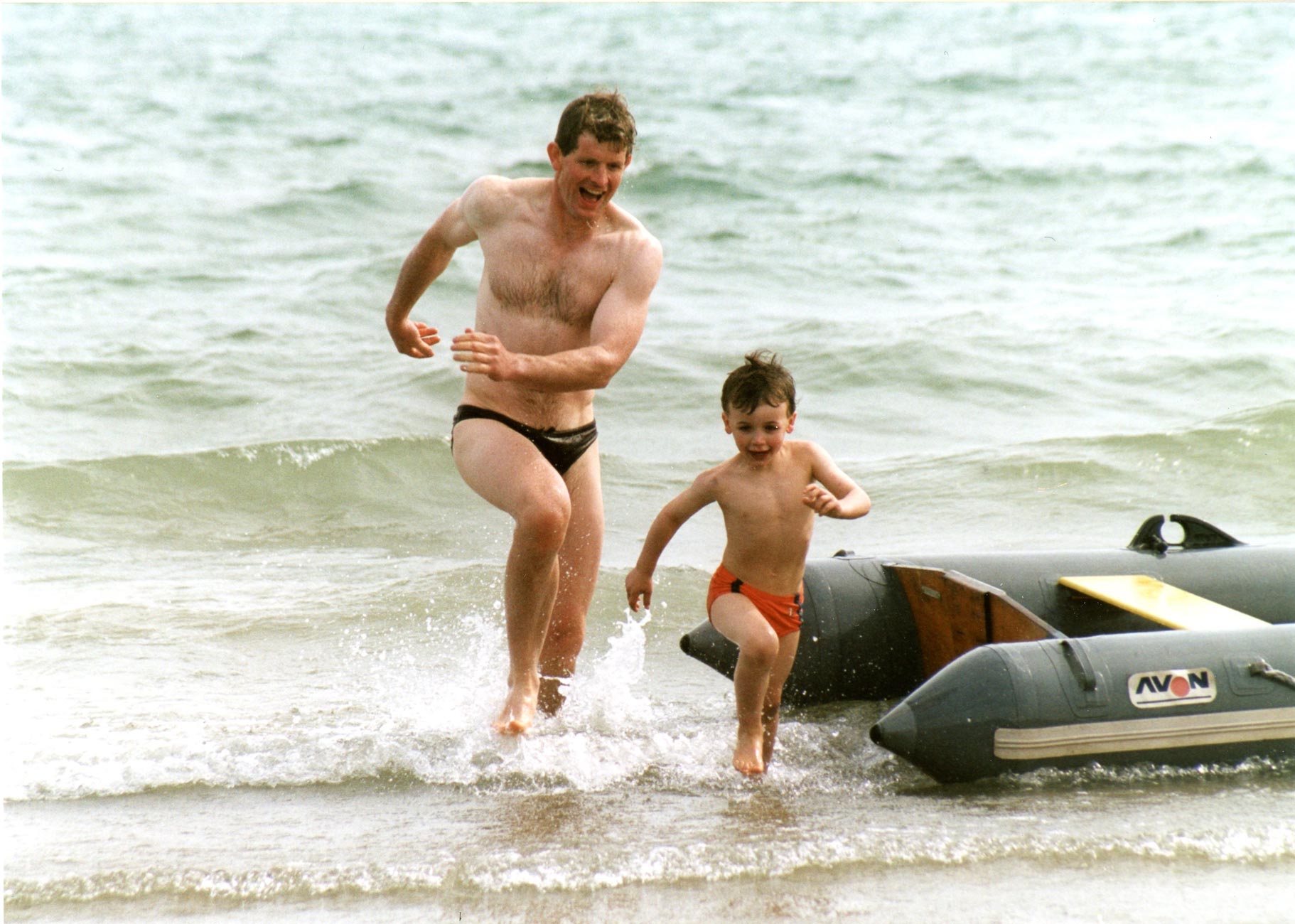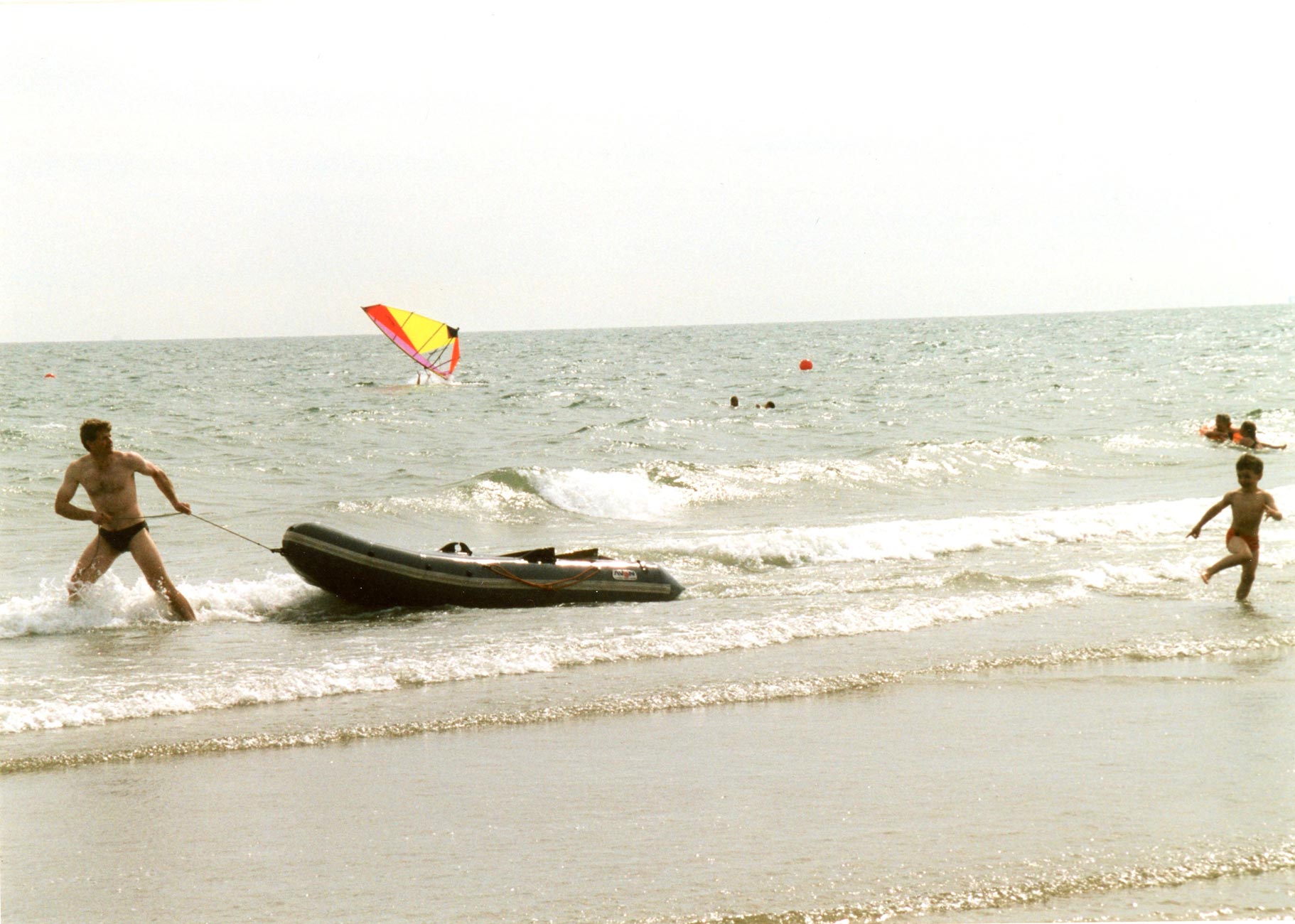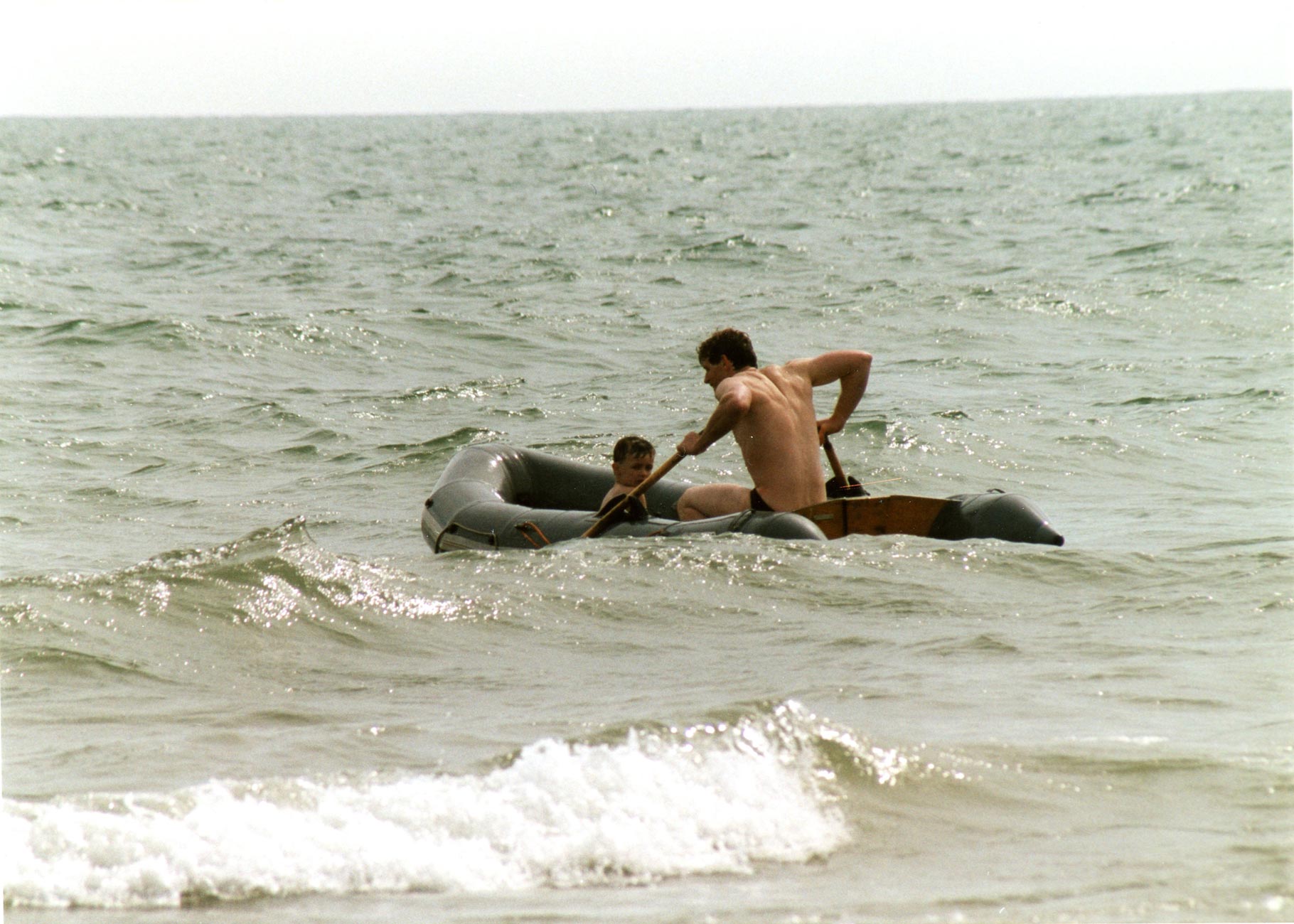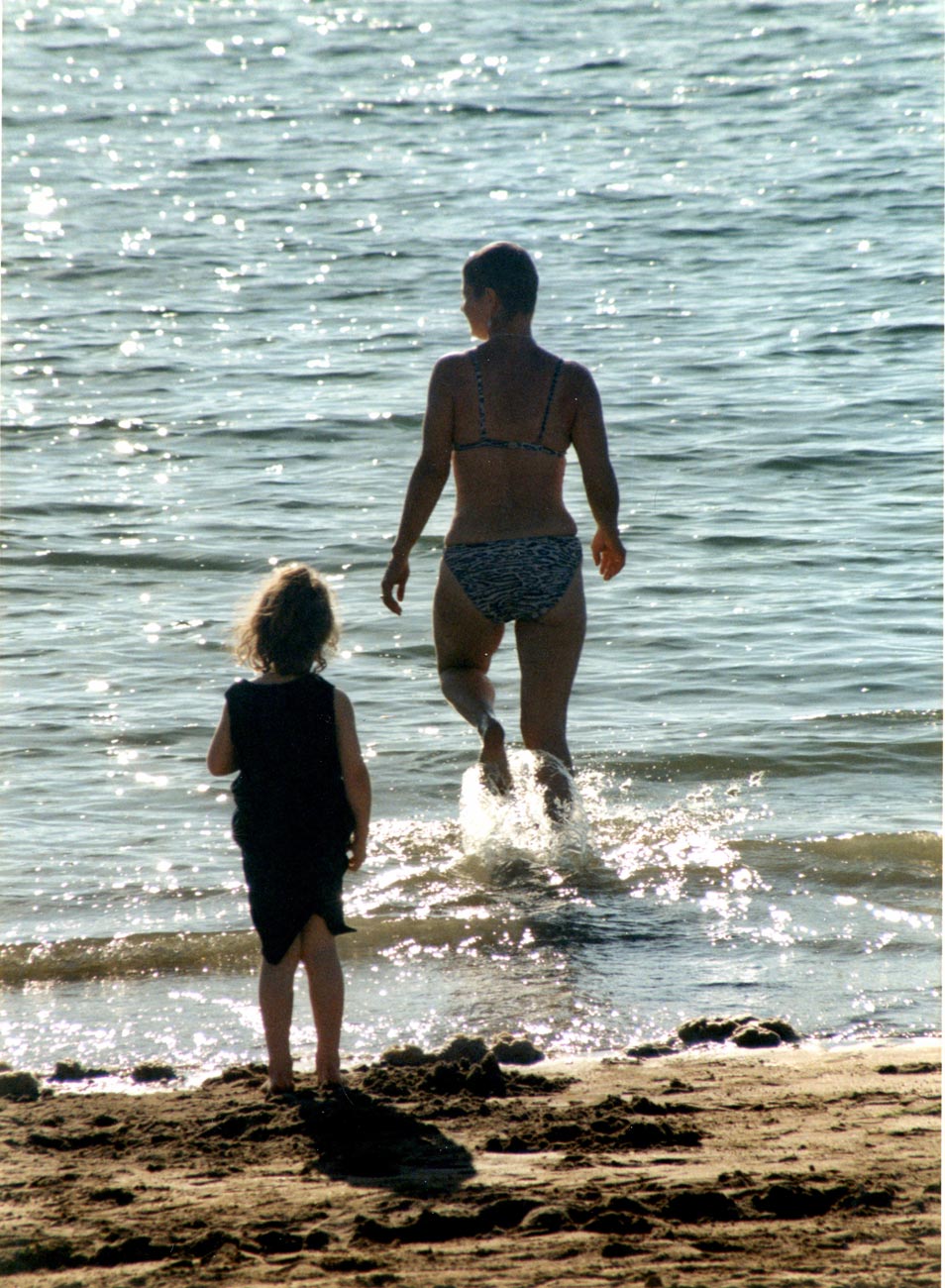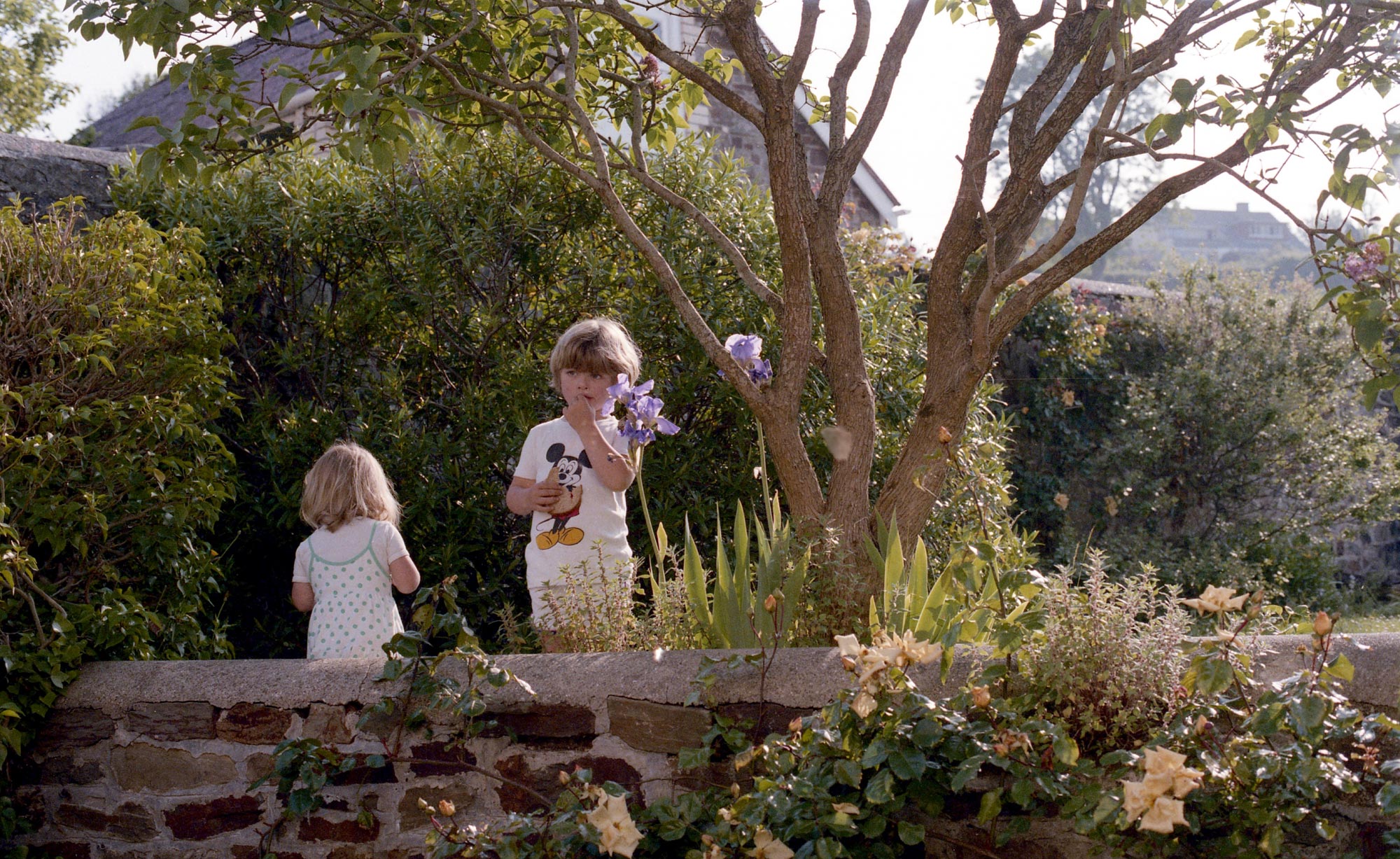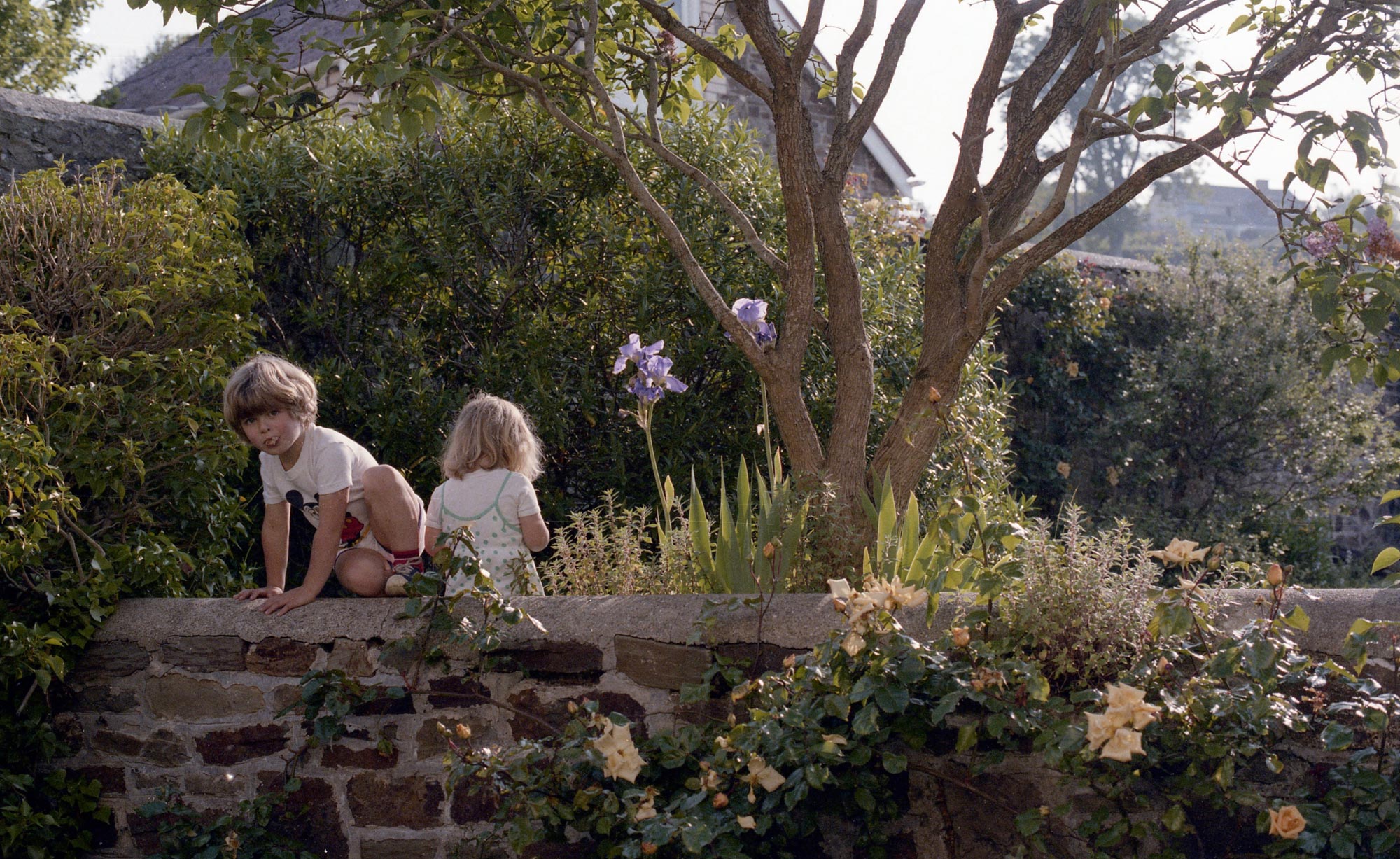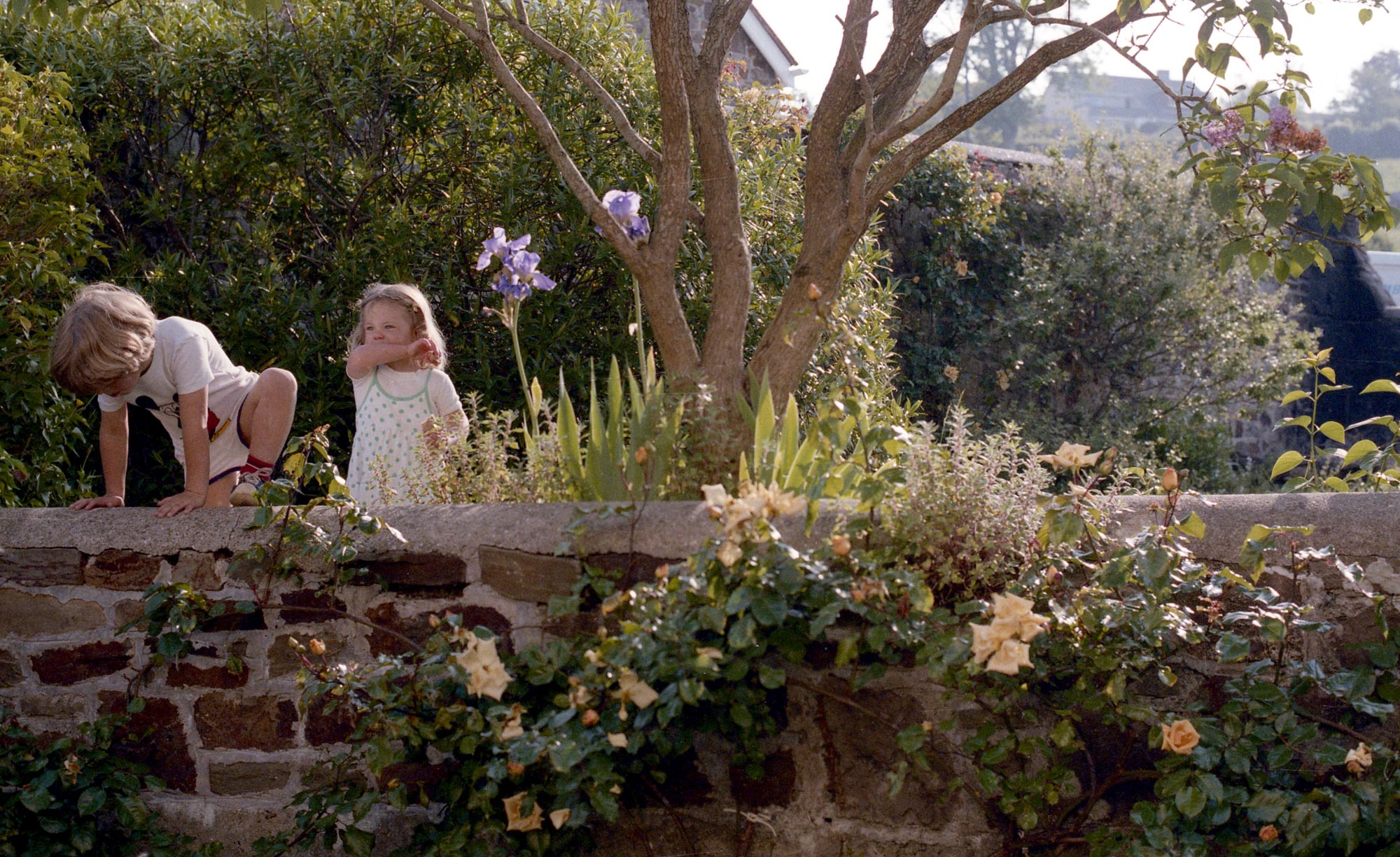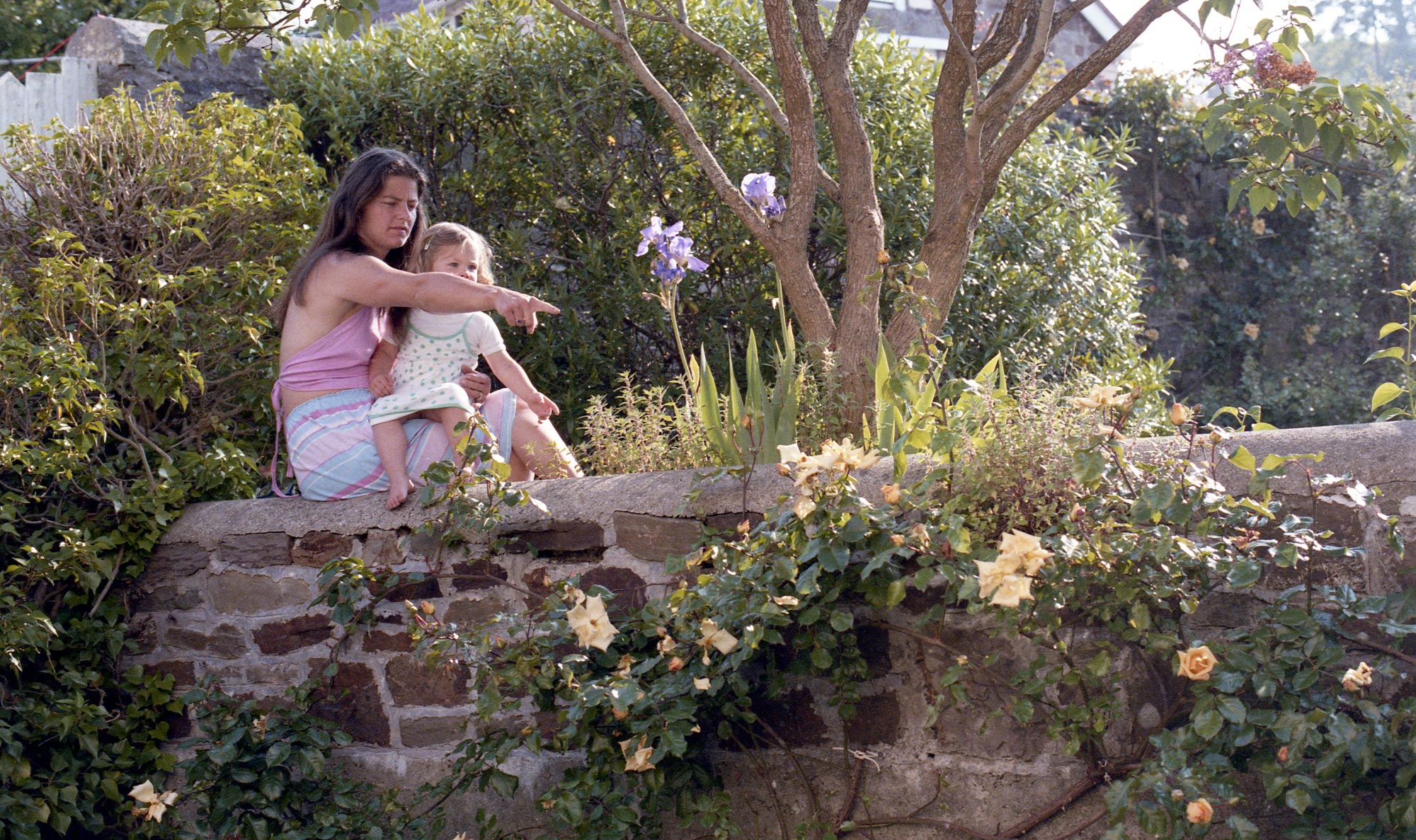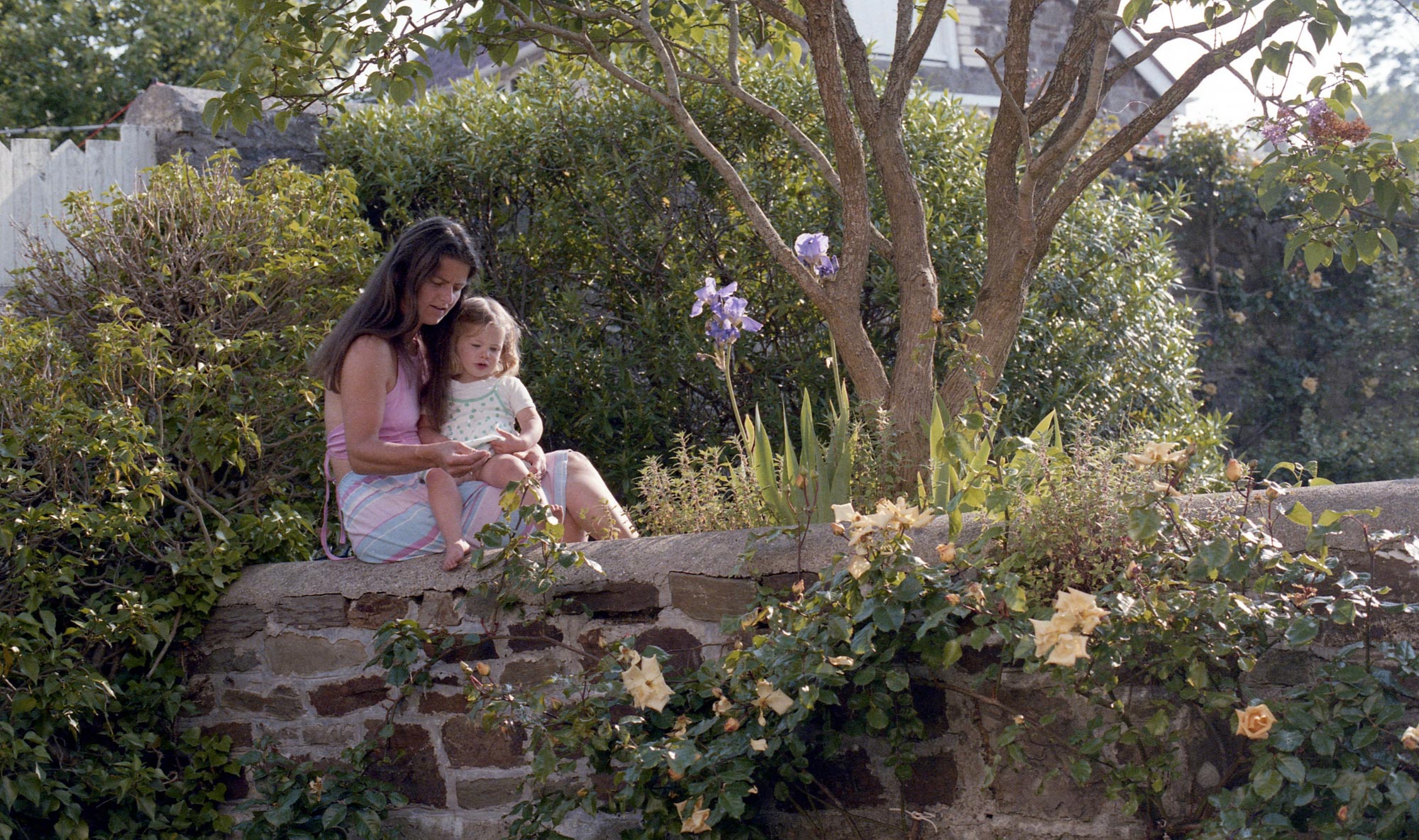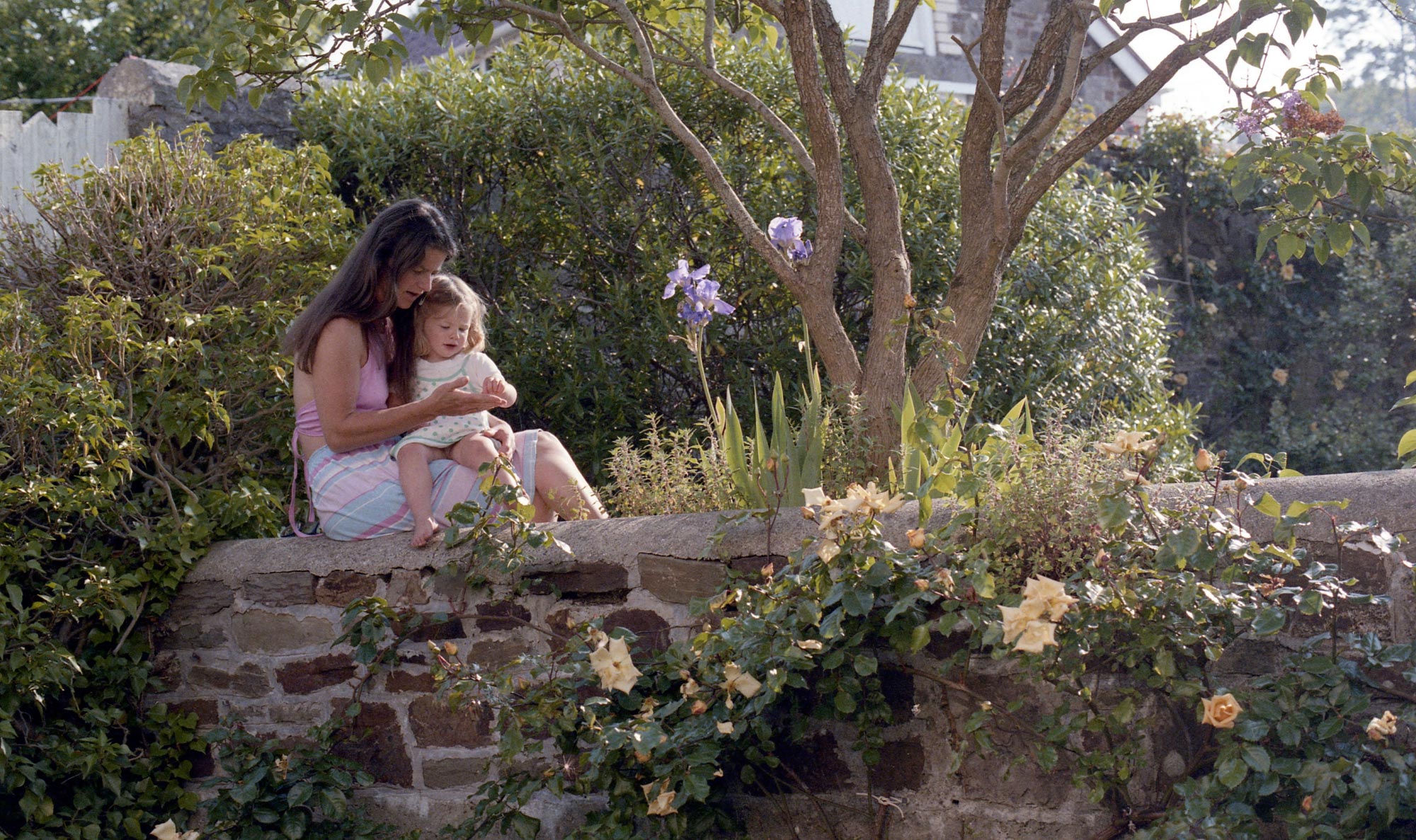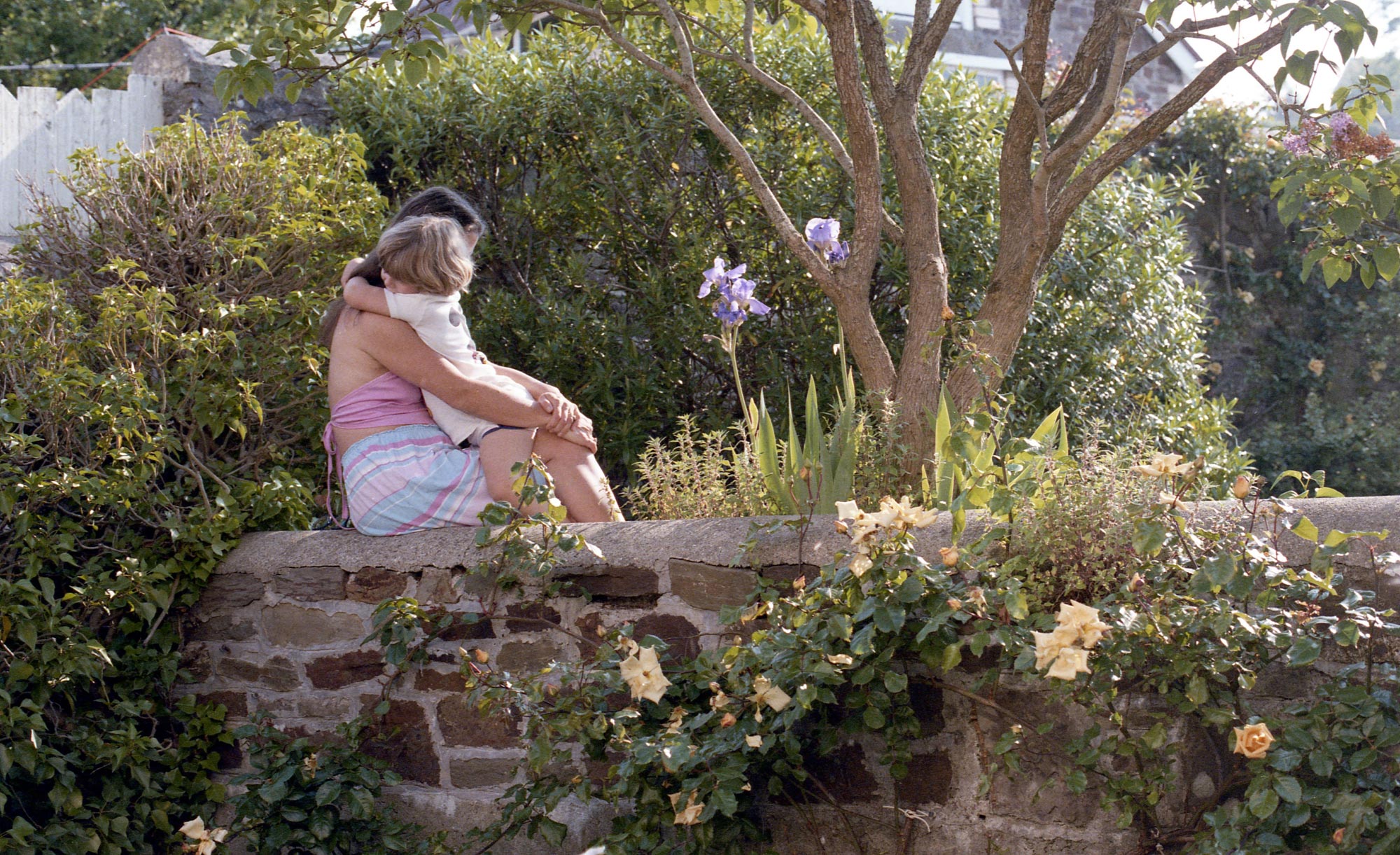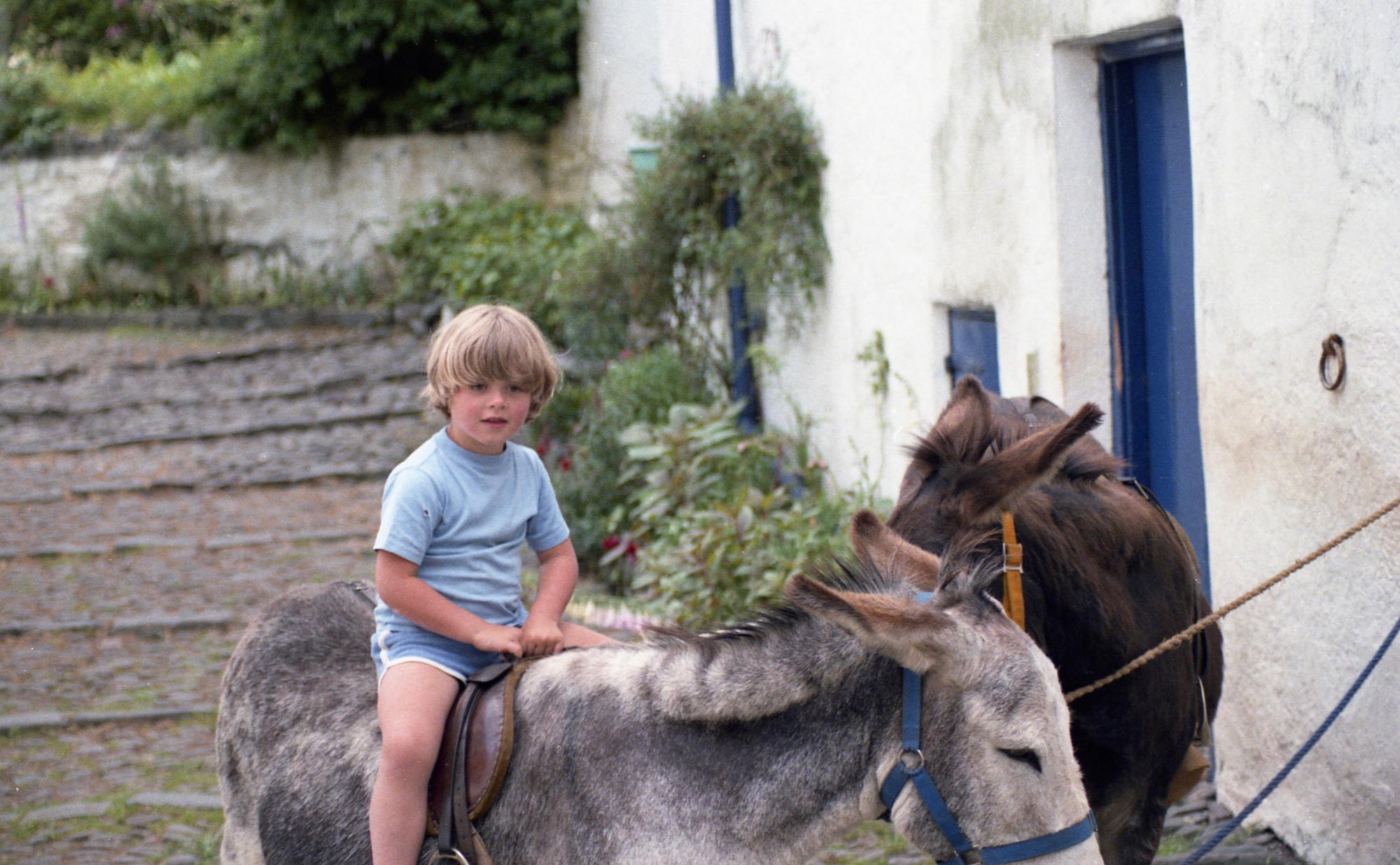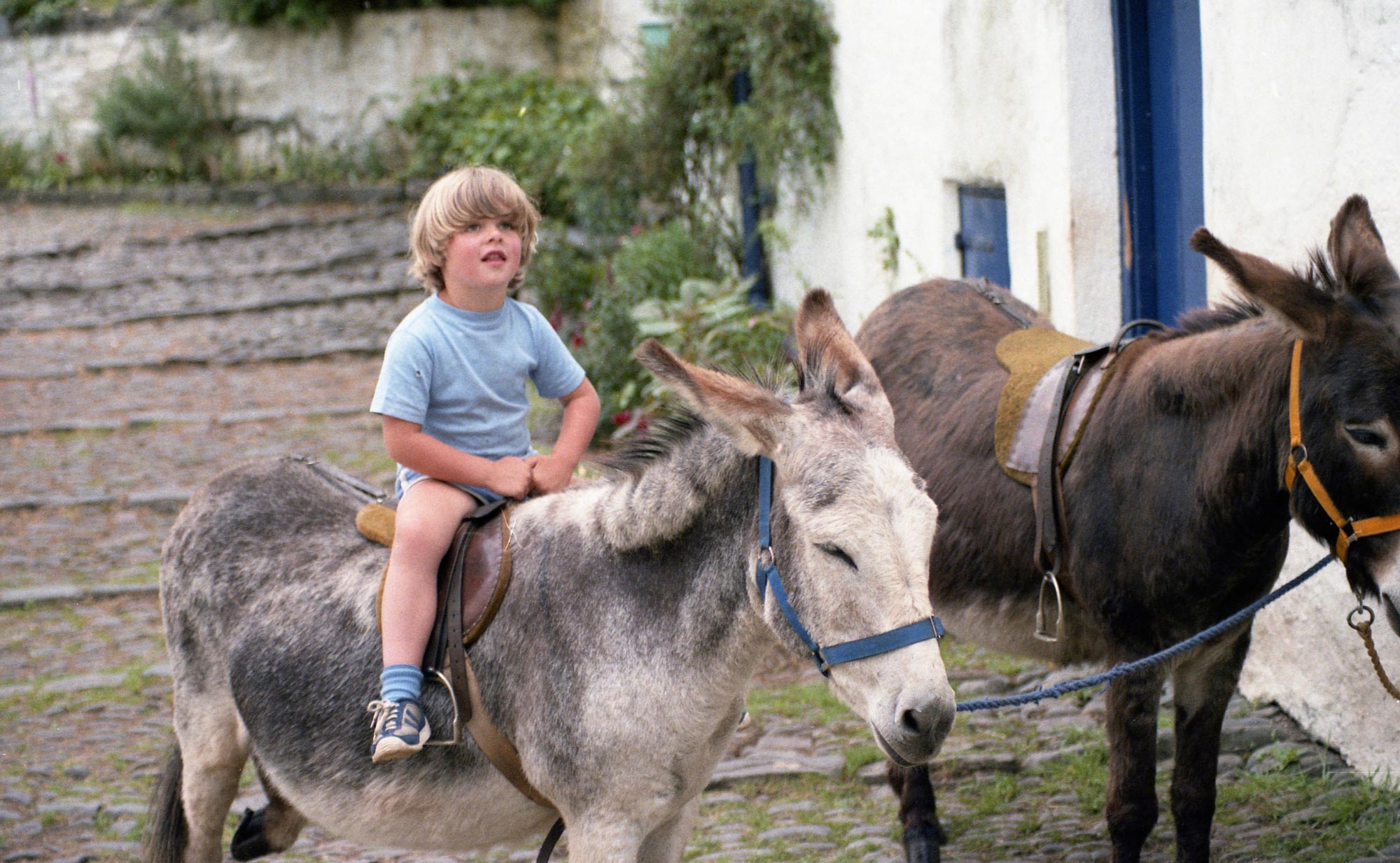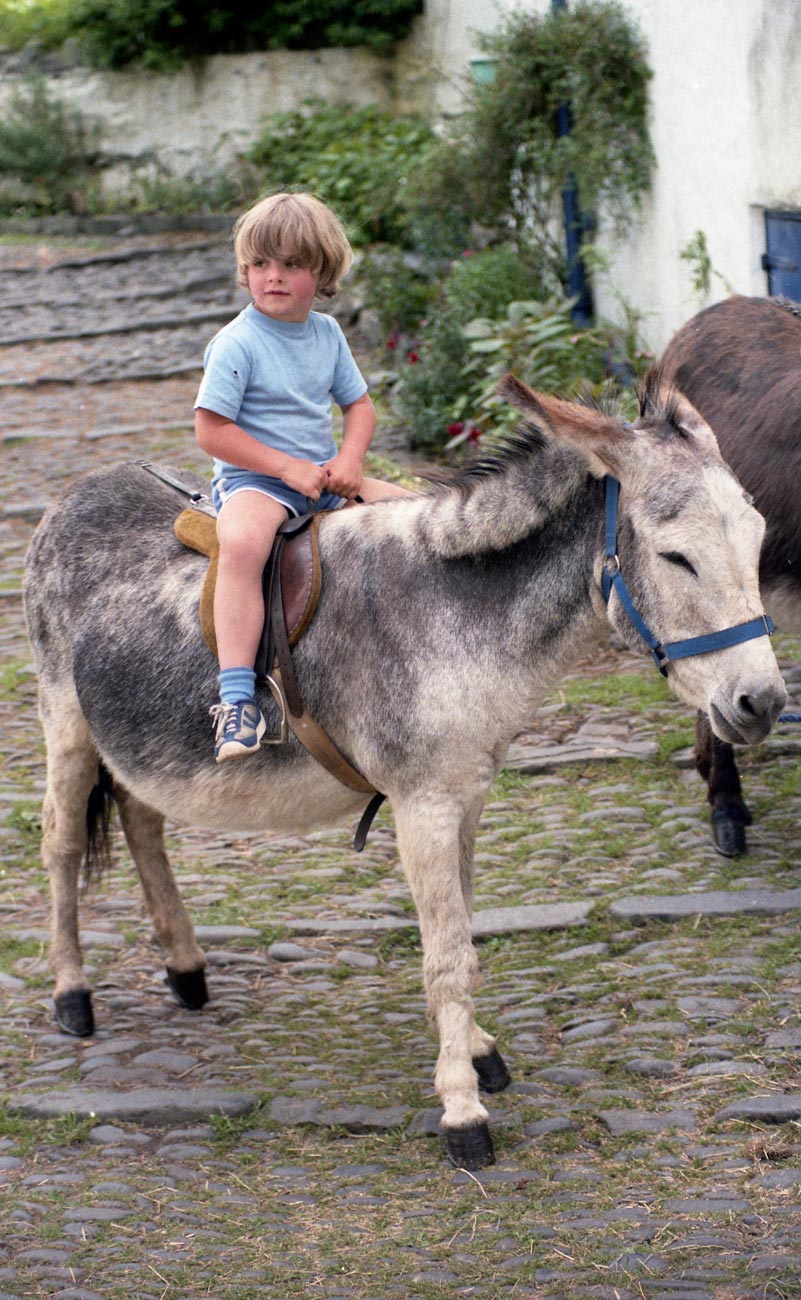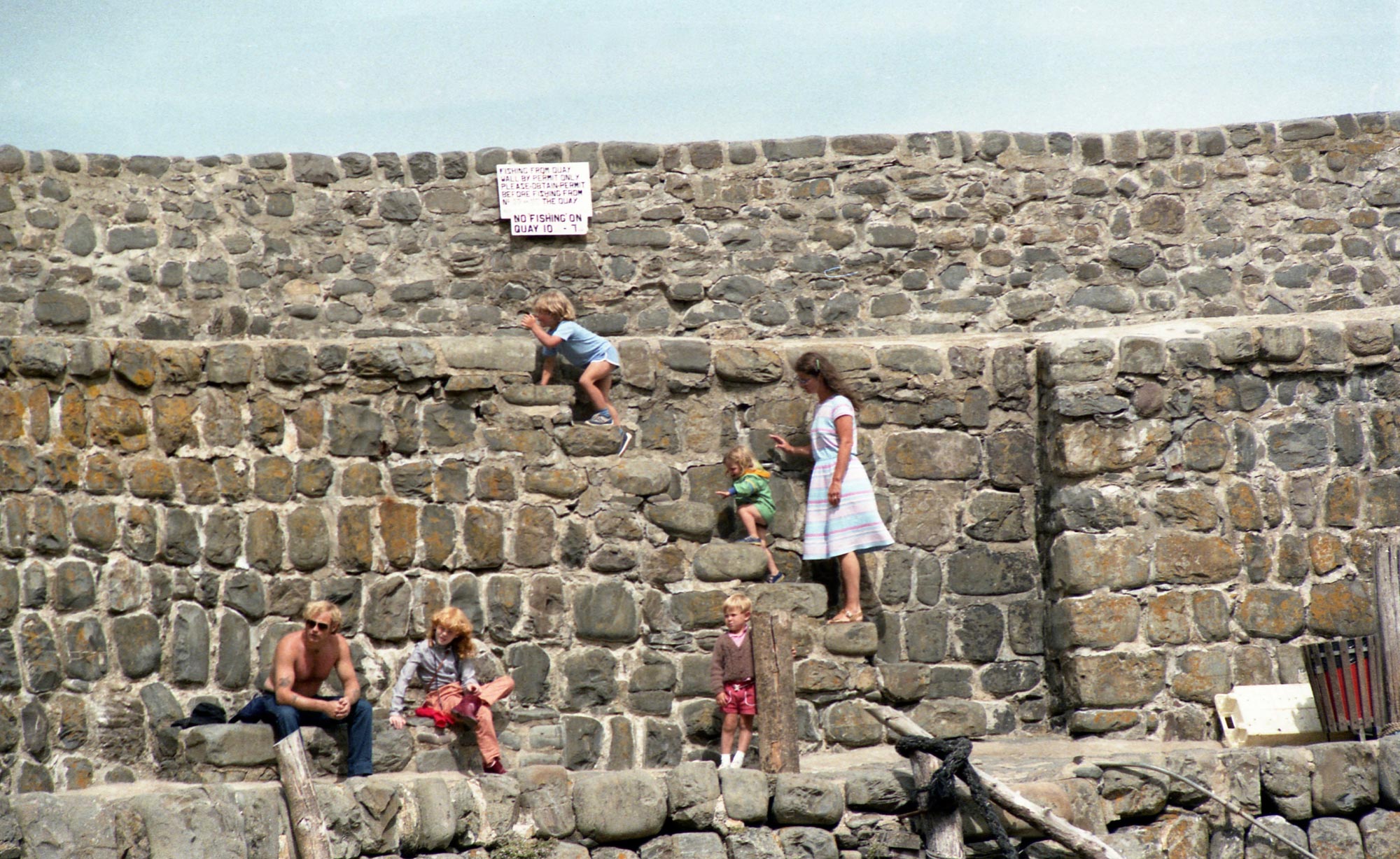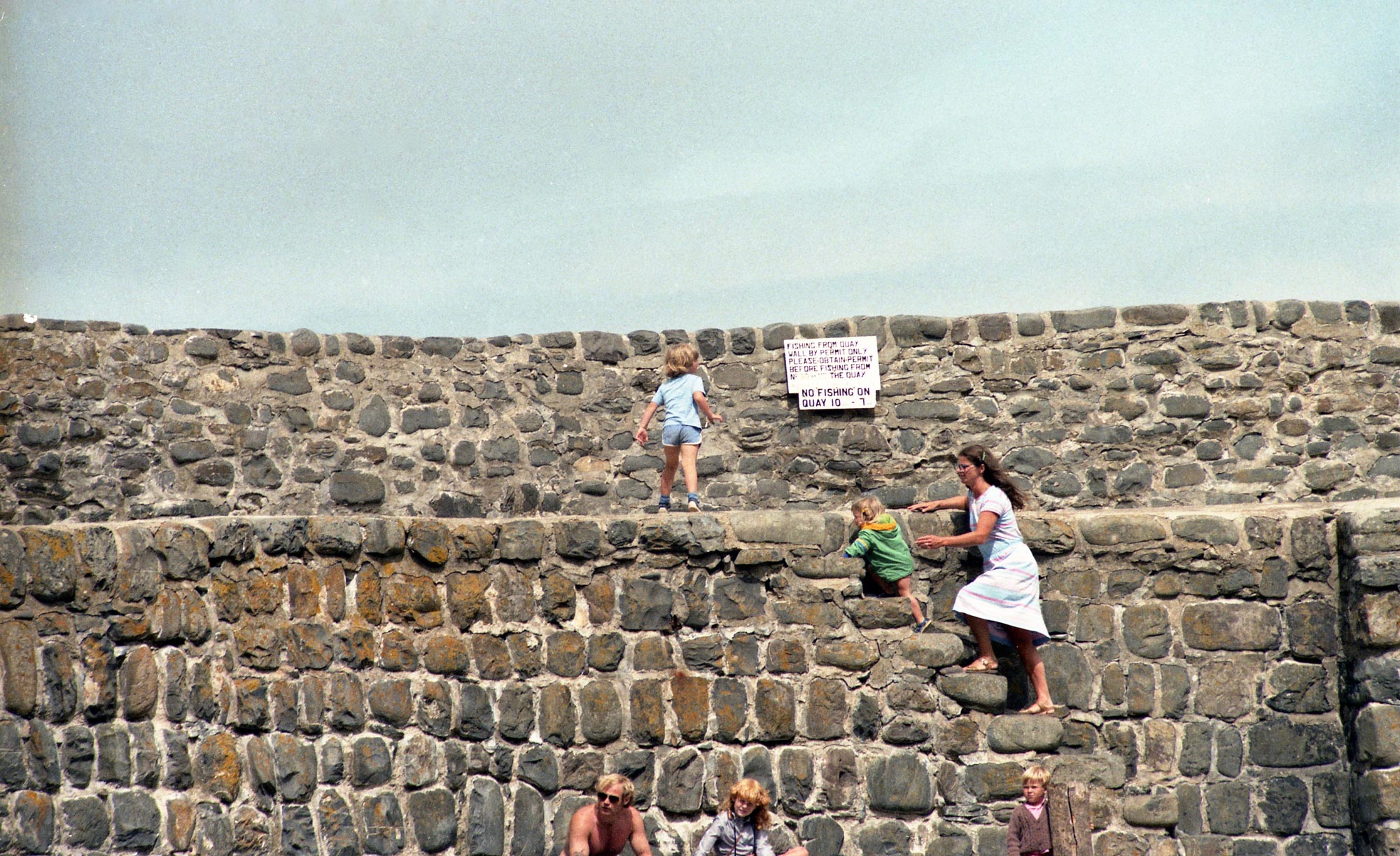Early in the 1990s I visited a good cafe in Islington for lunch on my way to my consultancy at the now closed adoption society, Parents for Children. Deep in The Times crossword, I was vaguely aware of a male figure taking a seat at a table adjacent to mine. I was completely unaware of his departure a very short time afterwards. Reaching for my brief case which I had placed on the floor beside me, I was completely unaware of that too. It was gone. After I had looked all around me, it gradually dawned on me that it had been nicked. It was the proprietor who told me of the man’s rapid departure.
Concerned about the preservation of my suit jacket, I had done what no sensible person ever does. I kept everything in that brief case: my wallet, cheque book, mobile phone, books, favourite pipe, lighter, and just about everything else except my biro and copy of The Times. I couldn’t phone to cancel the cards. I couldn’t pay for the meal. Fortunately the cafe staff helped me out with coins for a wall phone and would not accept even a contribution for the food. I did, of course, return the money soon afterwards. I reported the theft at Islington police station, knowing full well I would not see my belongings again. The system, however, is that you must waste your and police time to provide a crime number for the insurance company.
One item in the wallet had been my driving licence. I duly collected a form for a replacement from Newark post office, filled it in, wrote out the cheque and stuck it in my ‘to do’ tray. This was because I needed a photograph for the new style licence to replace my old paper one which had needed no picture.
Several years later I came across this paperwork and managed to get a couple of photographs out of a machine, this being no mean feat in itself. Of course, by then the £2.50 or so cheque I had written probably wouldn’t have been sufficient. So I put it all back in the tray for several more years, whilst I got around to checking. It could be there still.

This passport photograph was produced twenty years later.
Not driving was really no problem during the years I was commuting to London. I used public transport all week and Jessica drove at the weekends. This is because I didn’t mind who drove, and she couldn’t bear not to. It seemed quite a satisfactory arrangement. After her death and my return to live in Central London a car would have been a liability. Even running across London was quicker than driving. Finding somewhere to park was a nightmare, and paying for it exorbitant. The congestion charge was soon to be introduced. And, of course, with a London address, I was given a senior citizen’s Freedom Pass which meant public transport within all six London Transport zones was free of charge. And you could get quite a lot of cab journeys for the cost of running a car.
Where we are living now a car is pretty well essential. But now I have a beautiful chauffeuse who has her own car.
